ELIOTE – The mood of a piece
From north to south
ELIOTE has been style writing for 17 years now. In 1999 the French-Dutch writer, born in 1982, moved from The Hague, Netherlands, to Vaucluse, France, then to Grenoble, where he came into contact with graffiti writing through a writer, KRIS. He followed his writer friend during his actions with a camera and photographed graffiti for two years as a spotter, while skateboarding and exploring the urban space. In 2003, he moved to Paris and took up the spray can himself. He painted under different pseudonyms like EFZO in Paris and moved to the south in 2005, to Marseille, where he still lives today and met HAMS the same year. There he gave himself the new name ELIOTE in 2006 and became a member of the crews ER in 2006 and later of YY after meeting ISHEM in 2013.
ELIOTE’s letters were initially kept simple, mostly two-colored in bubble style and later colored in semi wild style. He painted with the colors he had available and soon realized that working with colors was not his thing and began to reduce his color palette to two to four colors, with black and white still dominating his work today.
Letters and landscape
ELIOTE himself classifies his works into two categories. On the one hand, the pieces, in which the letters remain clearly legible and contain a graffiti dynamic that is typical for style writing. On the other hand, he paints many pieces with abstracted letters that can only be guessed at as a hint in the picture, with thin strokes symbolizing bars or spheres for round shapes of letters. ELIOTE calls these kinds of pieces species landscapes. Using forms borrowed from nature, the writer creates formations that are structured and graphically well-thought-out. In some works, spheres remind us of planets, flat, wavy forms of clouds or puddles of water, angular surfaces with lines running through recall cracks, like split rocks. Some works contain a black and white grid in surfaces that are placed in such ways creating optical illusions and space and depth. Shadings add volume, creating additional materiality, masses, or even lightness to some surfaces.
ELIOTE also describes himself these rather abstract works as decorative, with a strangely futuristic mood, like floating ships, entities living on the wall. In his works, ELIOTE wants to achieve something cinematographic, to create a fantastic universe, where nature is reduced to cracked rock, standing under electric voltage, surrounded by distant planets without a trace of life. He is permanently looking to create a certain dynamic in these abstract-graphic pieces, and what can remain of a graffiti piece without a clear letter: Paint on a wall, classic horizontal format of about 10 m length, a structured dynamic picture, a piece. He achieves this through the mass distribution of the individual imaginary letters of his name and a balance in the overall picture, which contains movement and energy. ELIOTE’s works are in a way moderate, ascetic, modern and contemporary.
Digital conception for writing on white pages
In Marseille, ELIOTE is always looking for bare, untouched walls, mostly underground in the city’s sewers, which run for miles through the city. There is enough space, he describes the place as a white page (which is worth to be written on) and when he has found a good spot, he goes there several times and creates impressive works on the still untouched walls, mostly in black and white. Sometimes he also paints with his crew friends HAMS, ISHEM and others. ELIOTE uses acrylic paint and a small roll, because he especially appreciates the matte black of the wall paint, and the rougher appearance associated with it. At the end of a painted picture he still uses the spray can to achieve certain effects. His well conceived graphic works are always created beforehand in the studio as sketches/drafts. Previously painted by hand, ELIOTE has been increasingly using programs for his drafts such as Photoshop since 2017. There he can use a photo of a previously selected spot as a background to incorporate a design on the computer. With this tool he can try out things beforehand, rotate forms, decompose, move shapes, or delete parts. In his compositions, he always seeks renewal with similar forms that are in balance, in order to create the energy, mood and impression of a graffiti piece in urban space. The proportions of a piece are adapted to the spot in the urban space and therefore he can calculate and simulate exactly before the action of painting. Afterwards he goes to paint at this selected spot and implements the sketch scaled on the wall in some intensive hours and photographs the result. If he is not satisfied with the result, he goes back the next day to change the piece if necessary.GIF’s and studio works
ELIOTE’s working method thus consists of several stages: finding a place, photographically capturing the exact spot in its immediate surroundings, conceiving and simulating on the computer, and the execution on site. Sometimes he photographs different stages of a piece during the process, and this is how he came up with the idea of a GIF animation with one of his pieces. He then conceived some wall works especially for GIF animations, which he painted and photographed step by step. The path thus led from a digital conception to an analog implementation for an animated and humorous digital presentation on Instagram.
The studio works of ELIOTE differ mainly in the format with his pieces on the wall. He works on paper and always in portrait format, which is fundamentally different despite the dimensions from the horizontally arranged wall pieces. But also here he makes drafts on the computer before he works on paper with acrylic paint and brush, as well as with airbrush. And for these paper works as well he tries to create a certain alienating atmosphere. He transfers grids, surfaces and texture and plays here even more with the materiality of the paint, in order to introduce transparency games with various layers of paint and applications. He wants to involve more gestures and is currently working on allowing more materiality of the color and becoming freer to let go more during the act of painting. His research, even if for the time being mainly happening in the studio, should finally result in freer wall works, on empty, bare spots, on white unwritten pages of the city of Marseille, pieces whose existence and appearance are sometimes surprisingly disconcerting.
800 views
Categories
Tags:
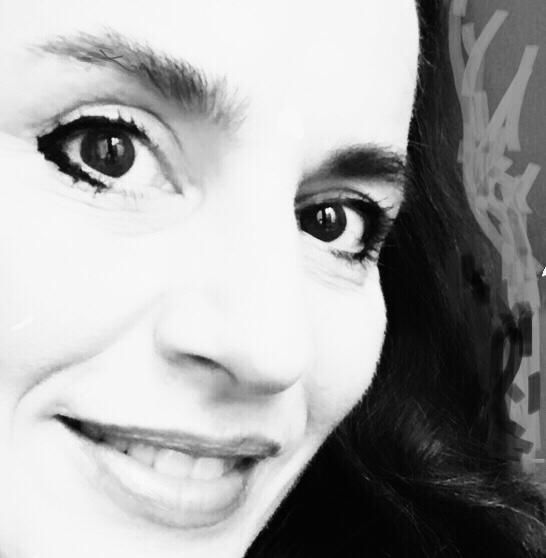
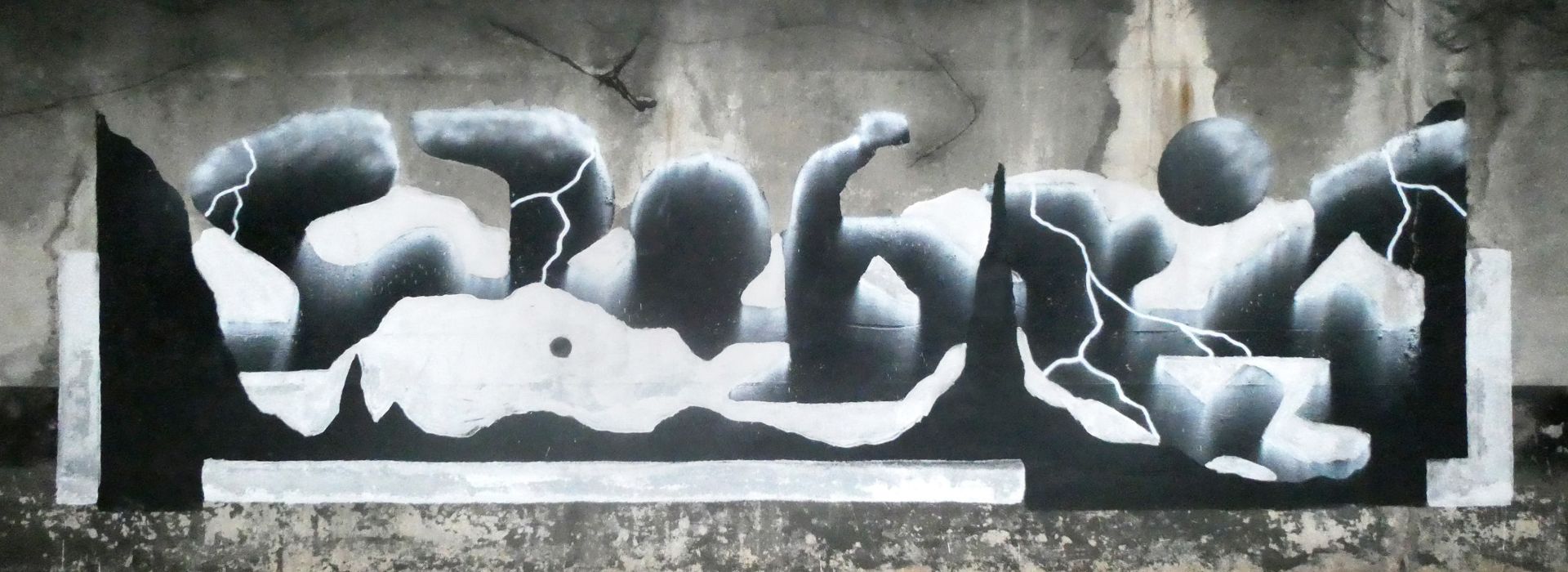
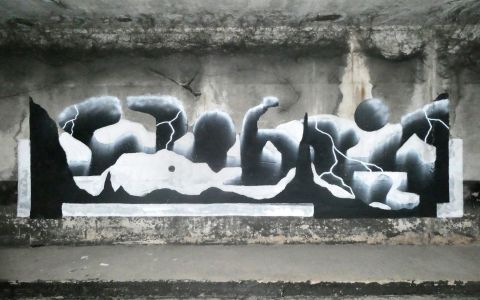
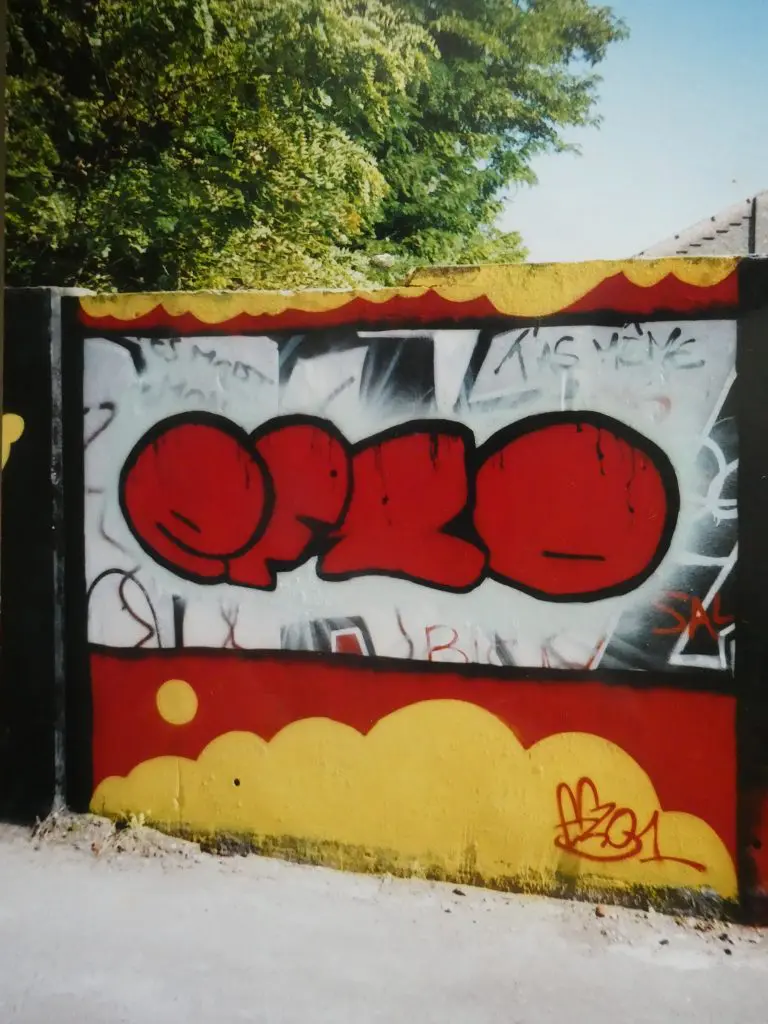
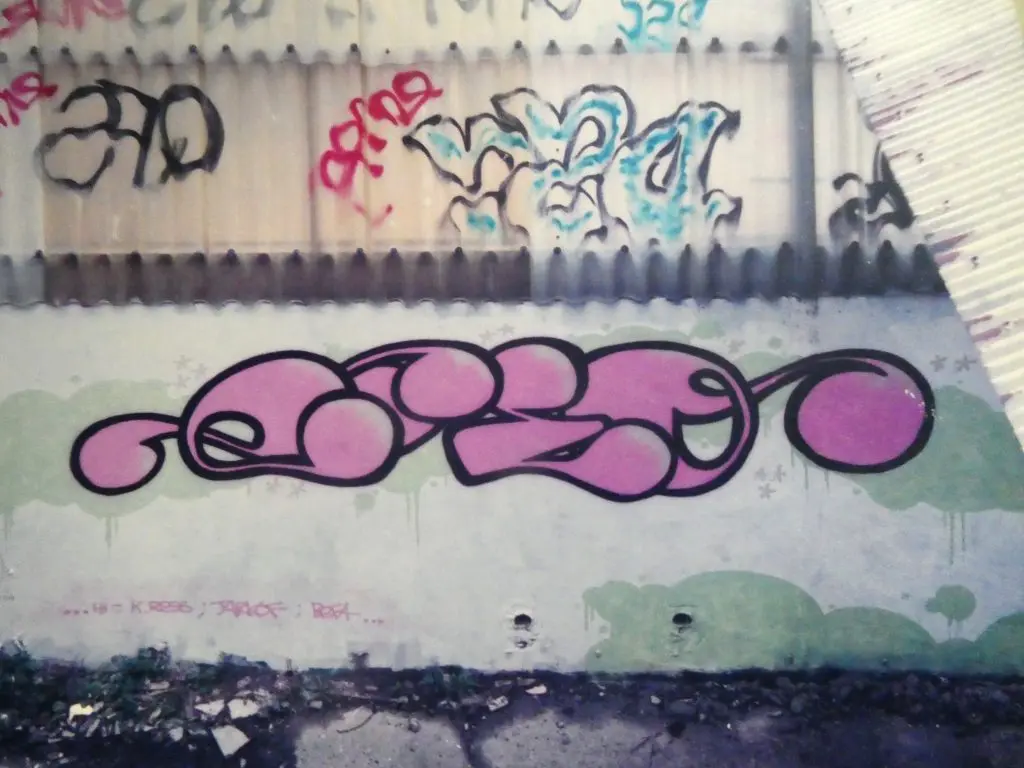
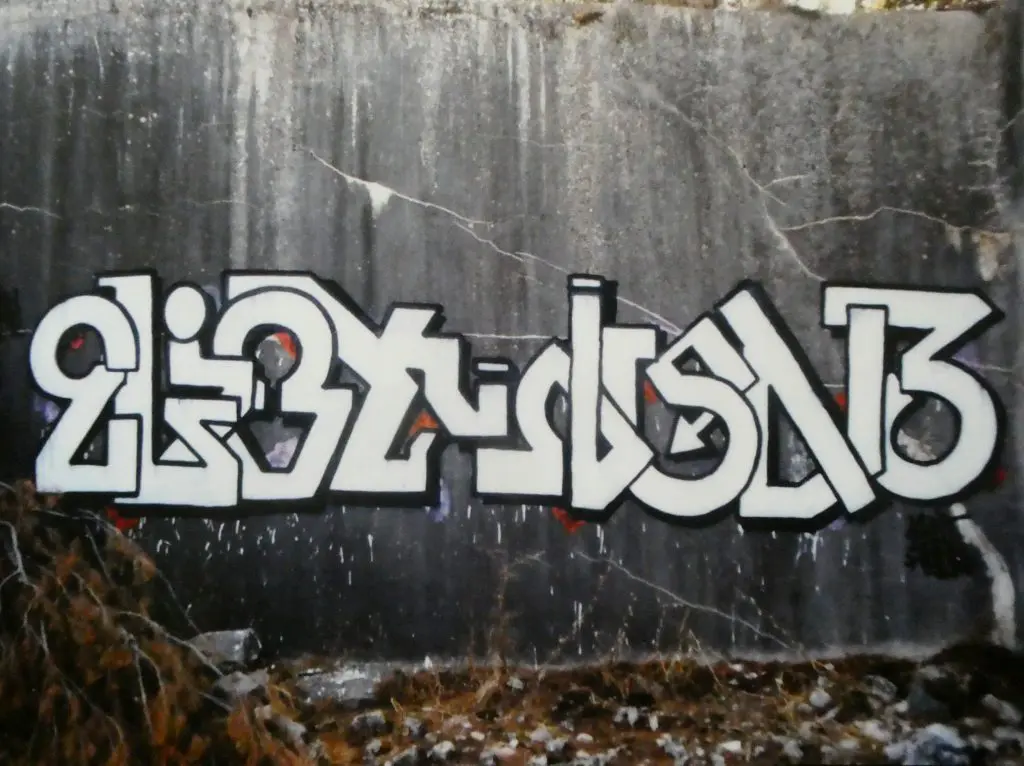
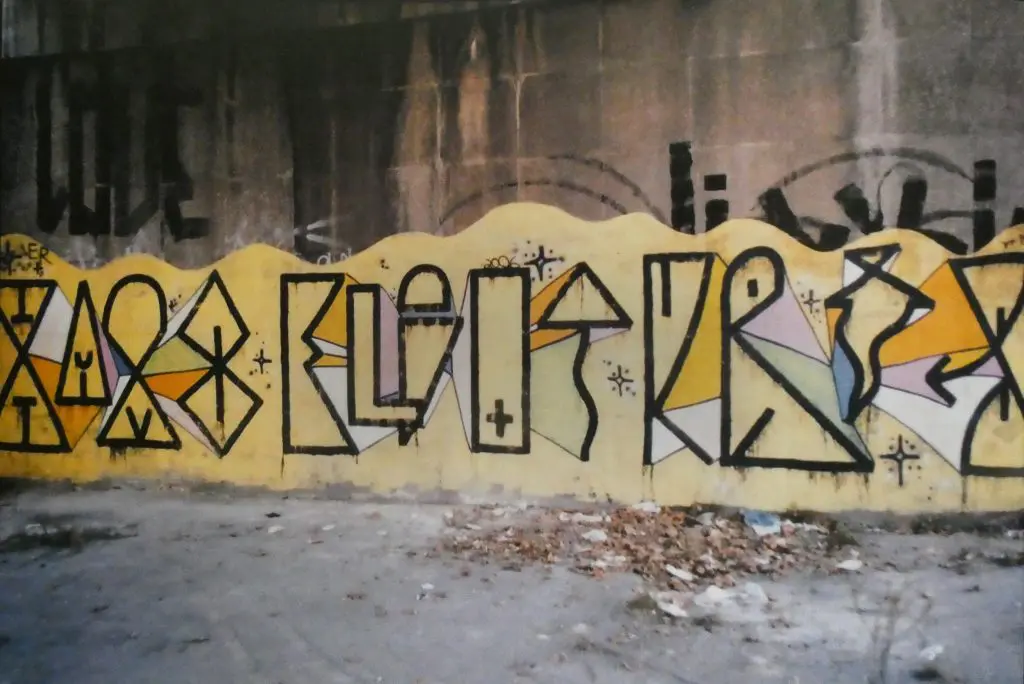
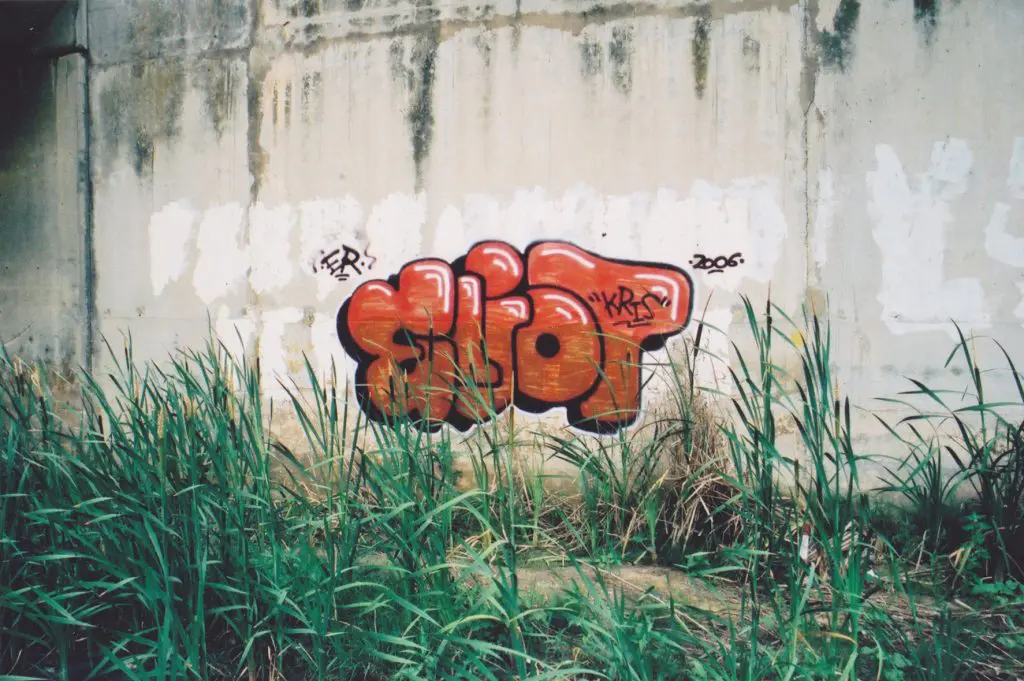
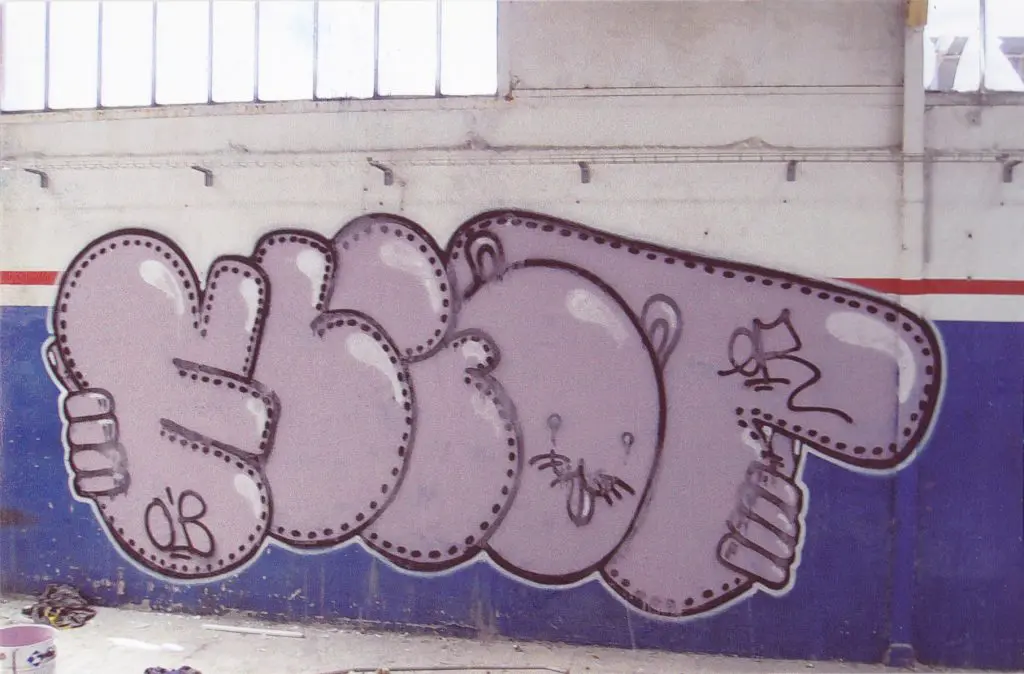
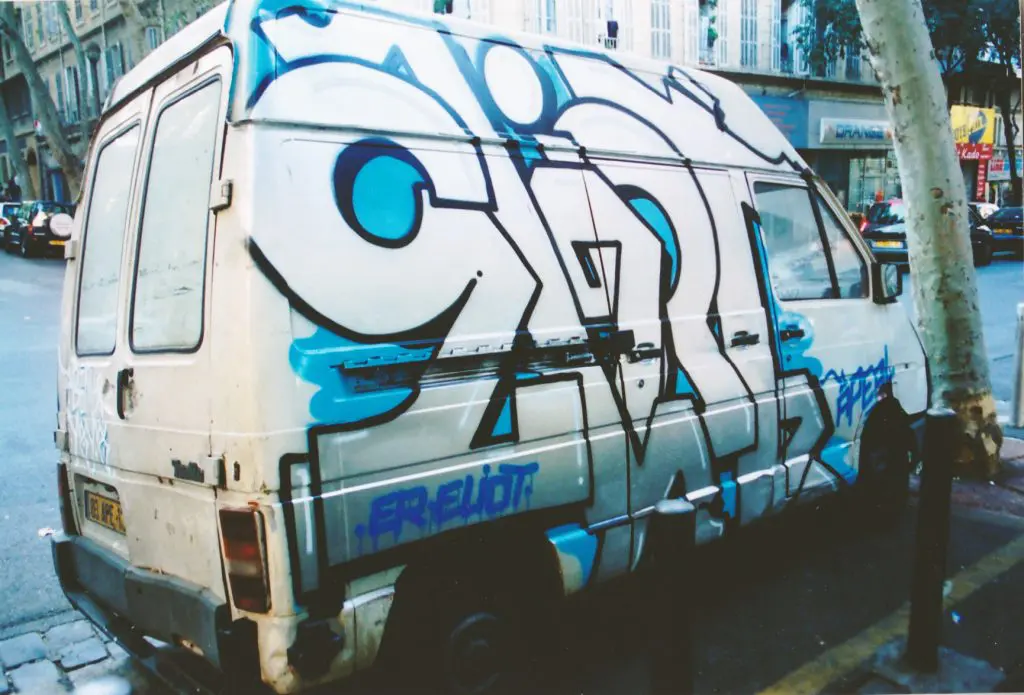
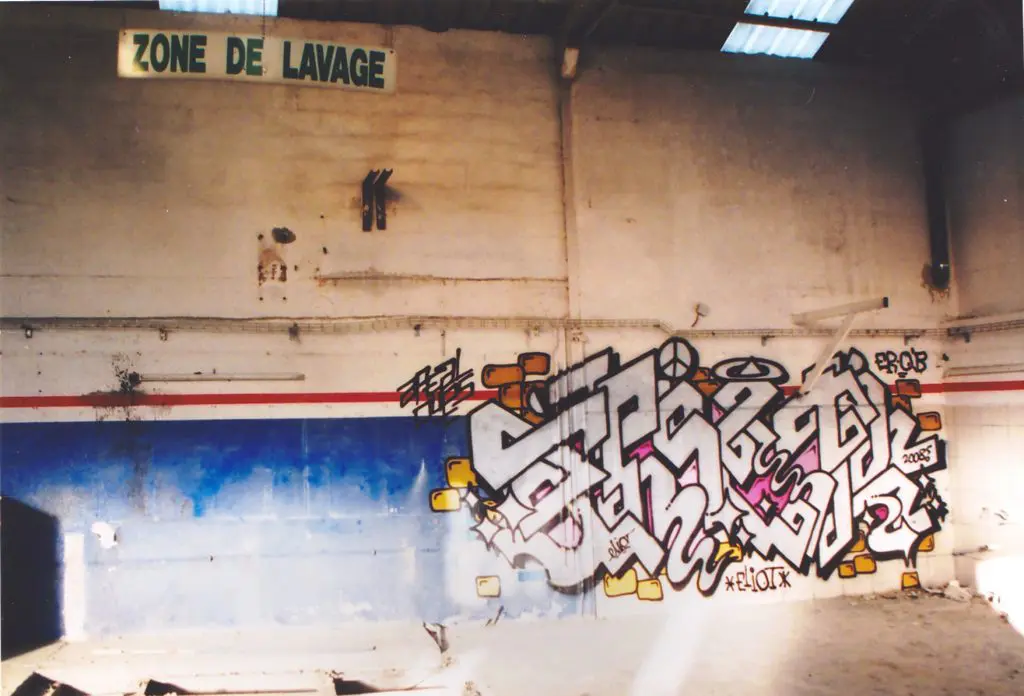
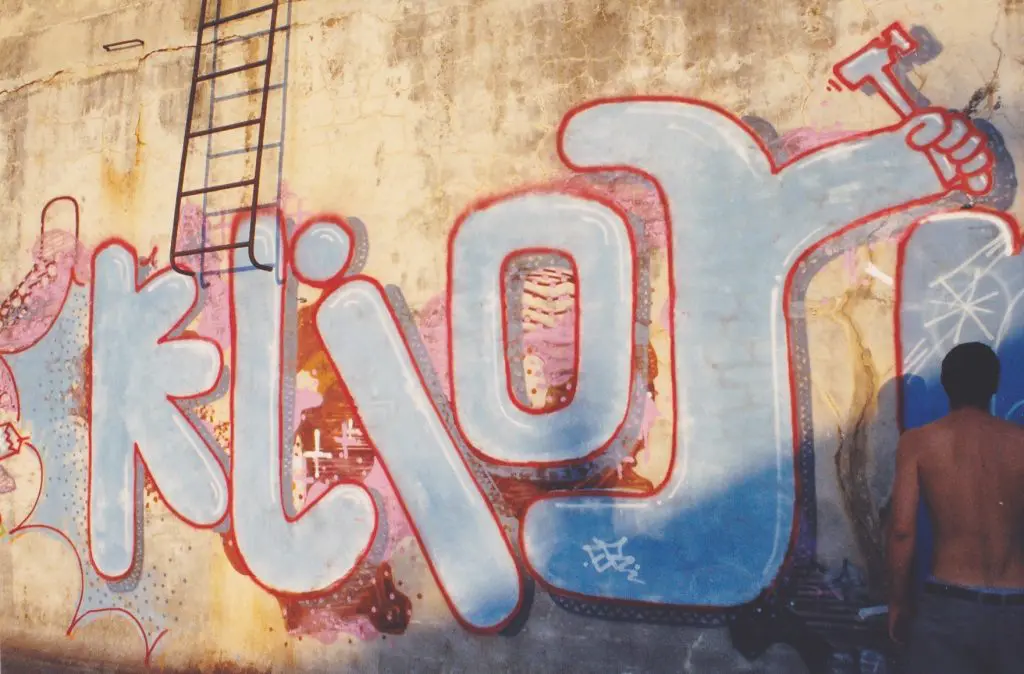
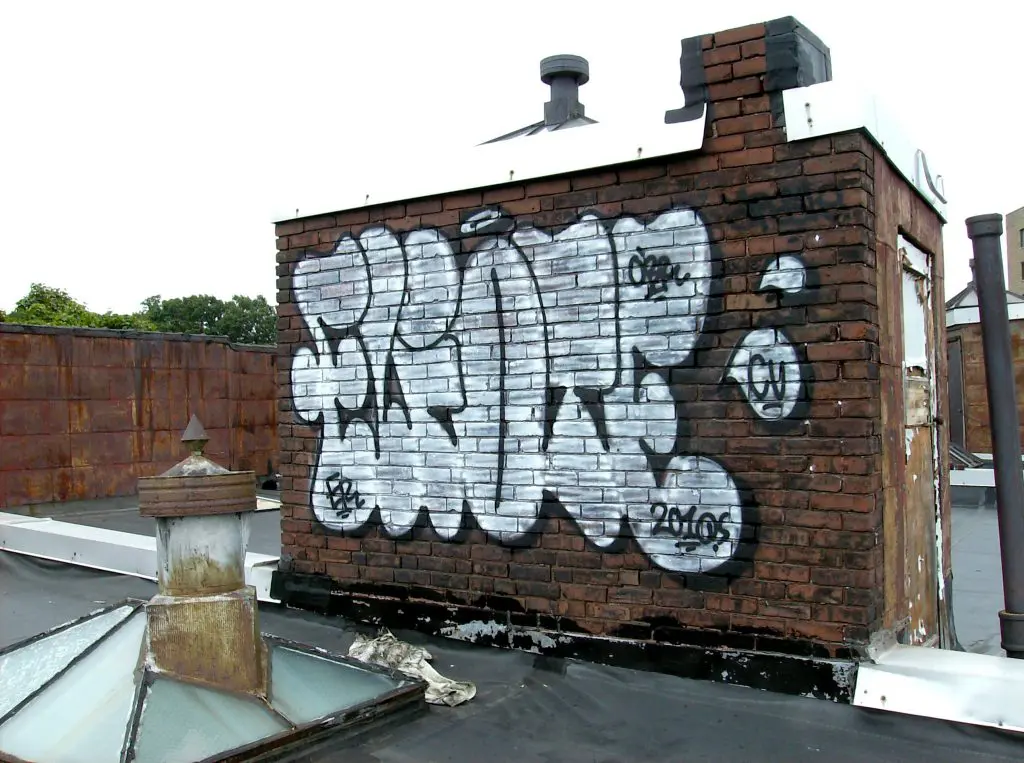
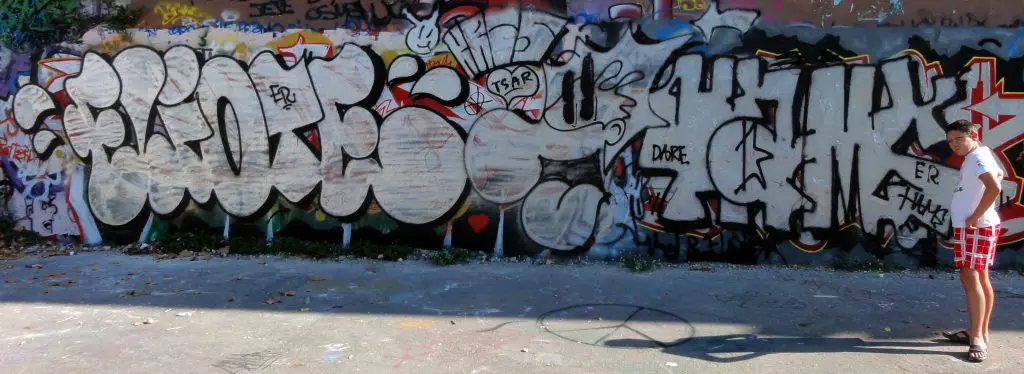
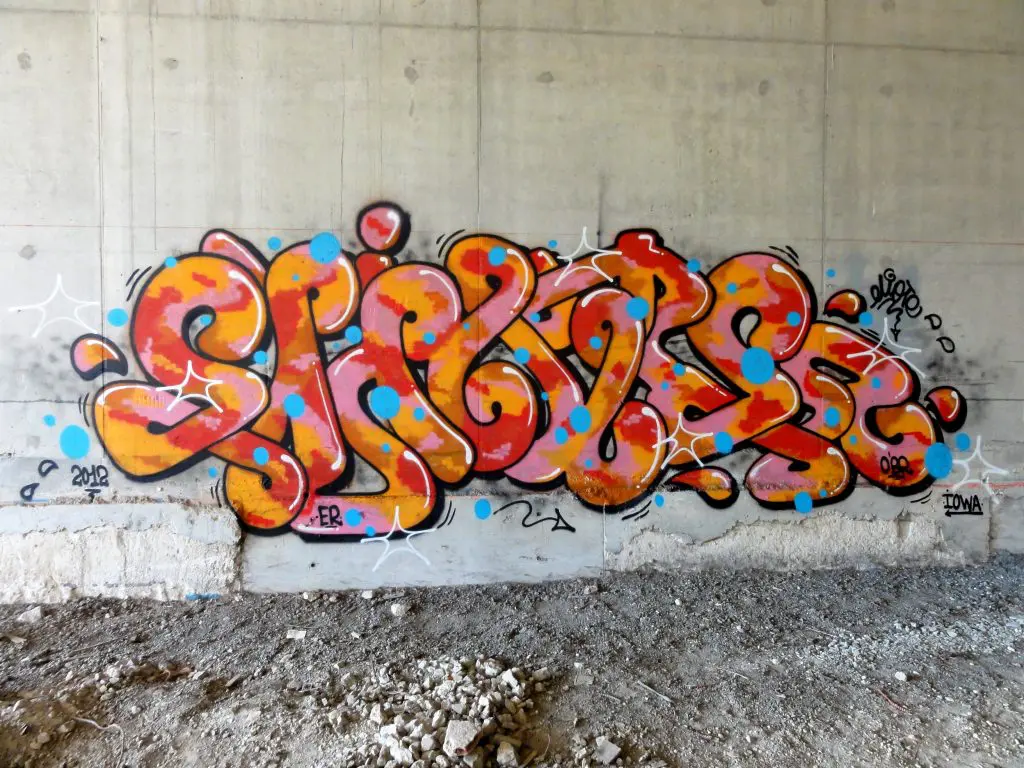
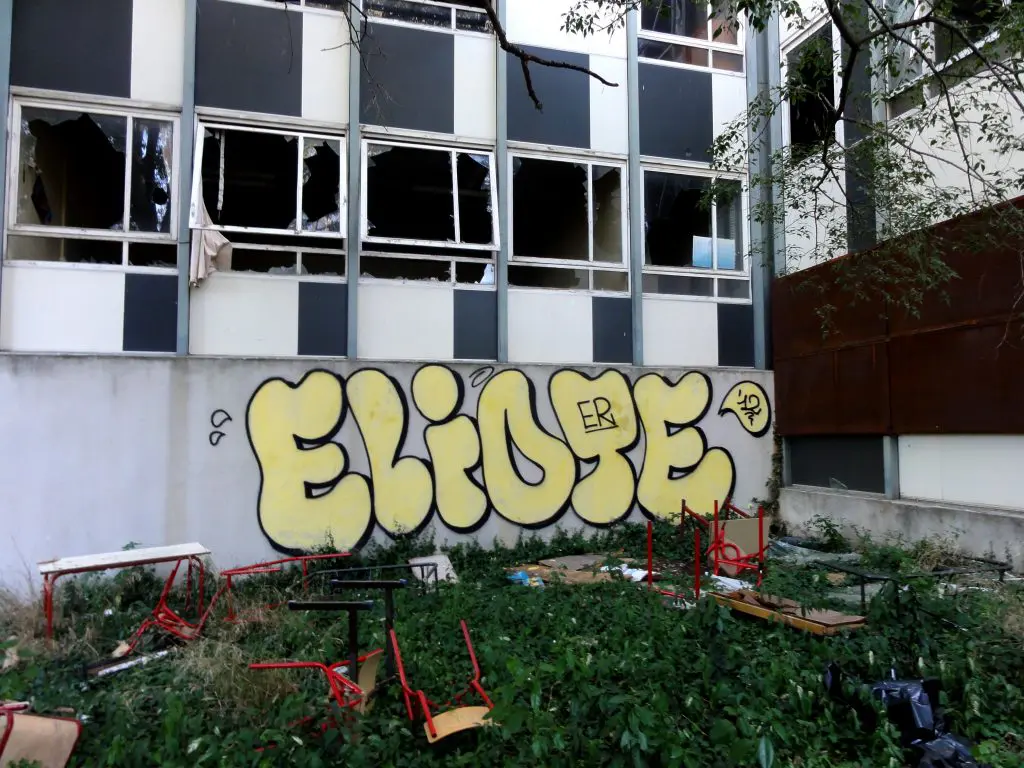
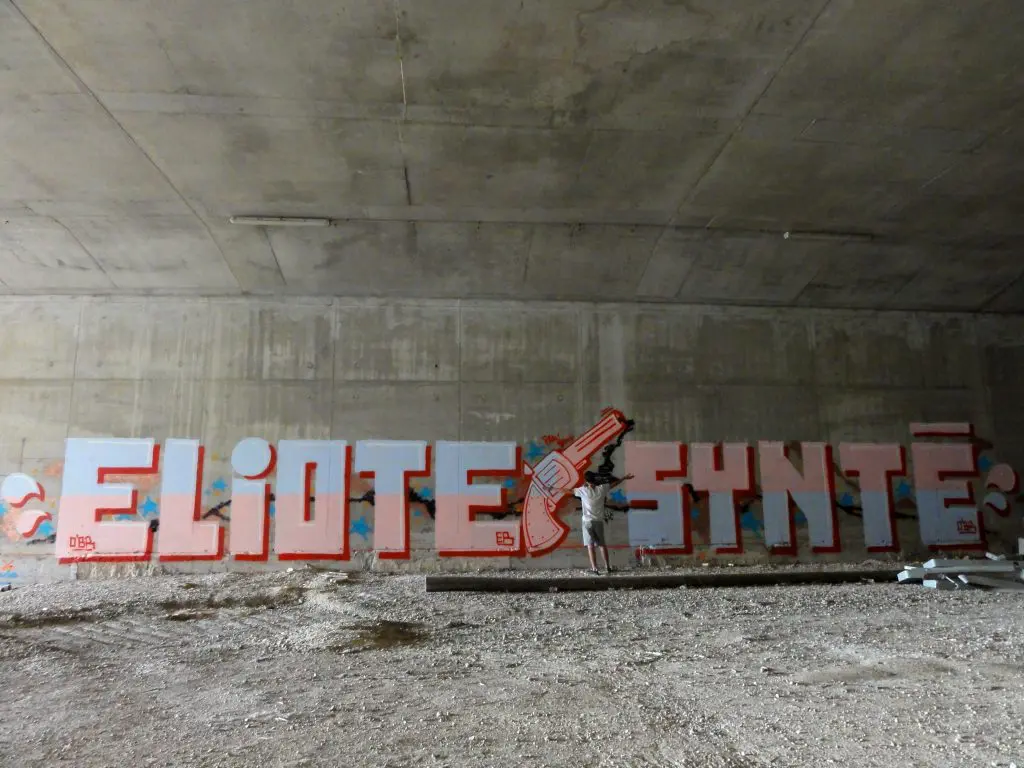
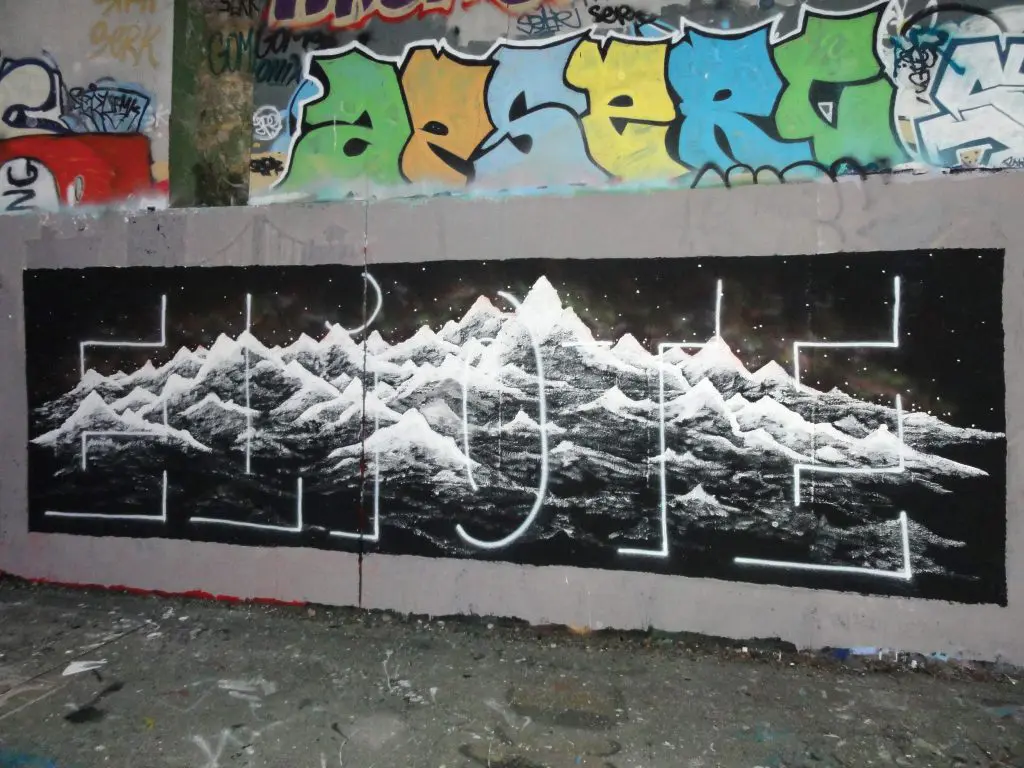
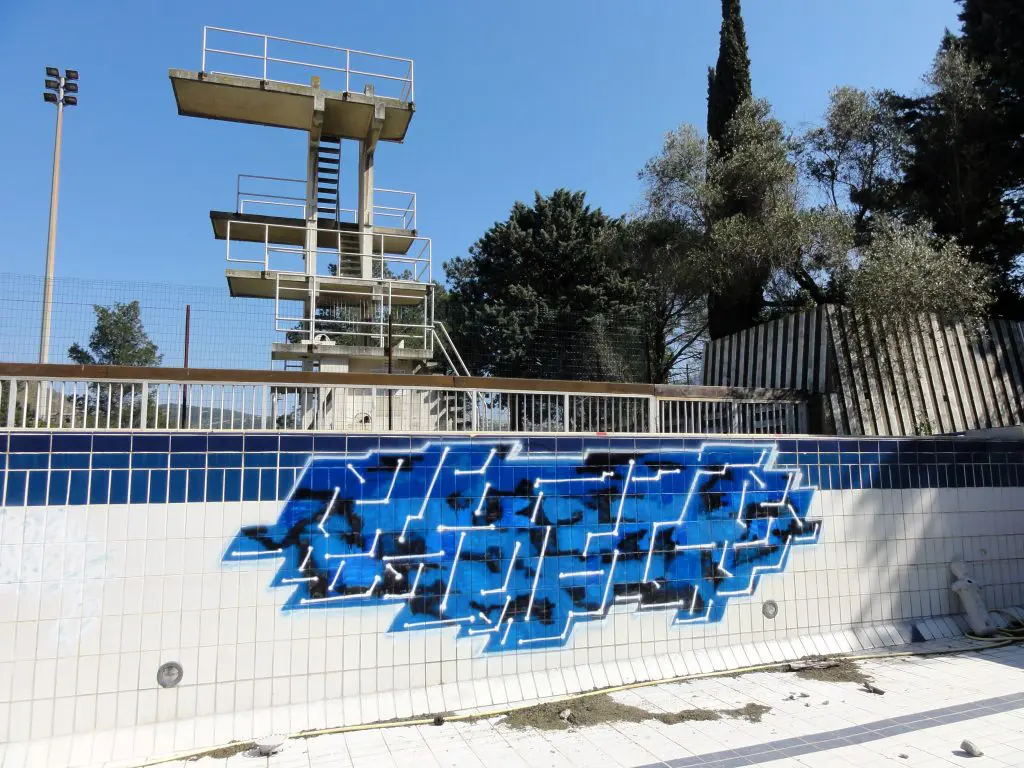
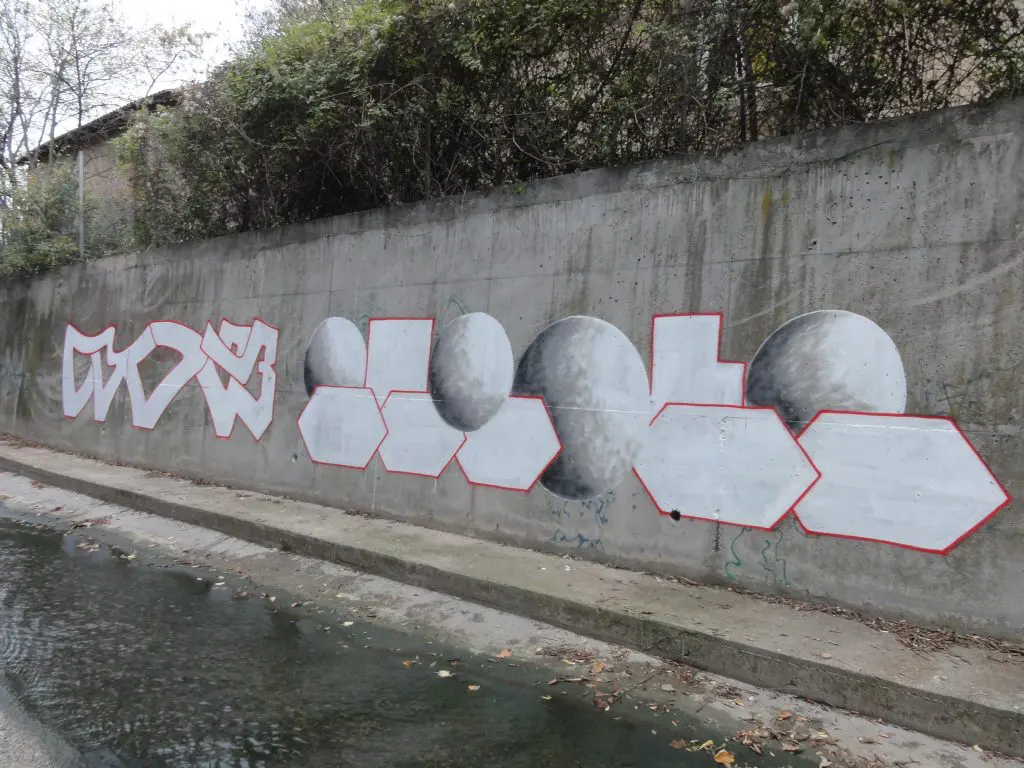
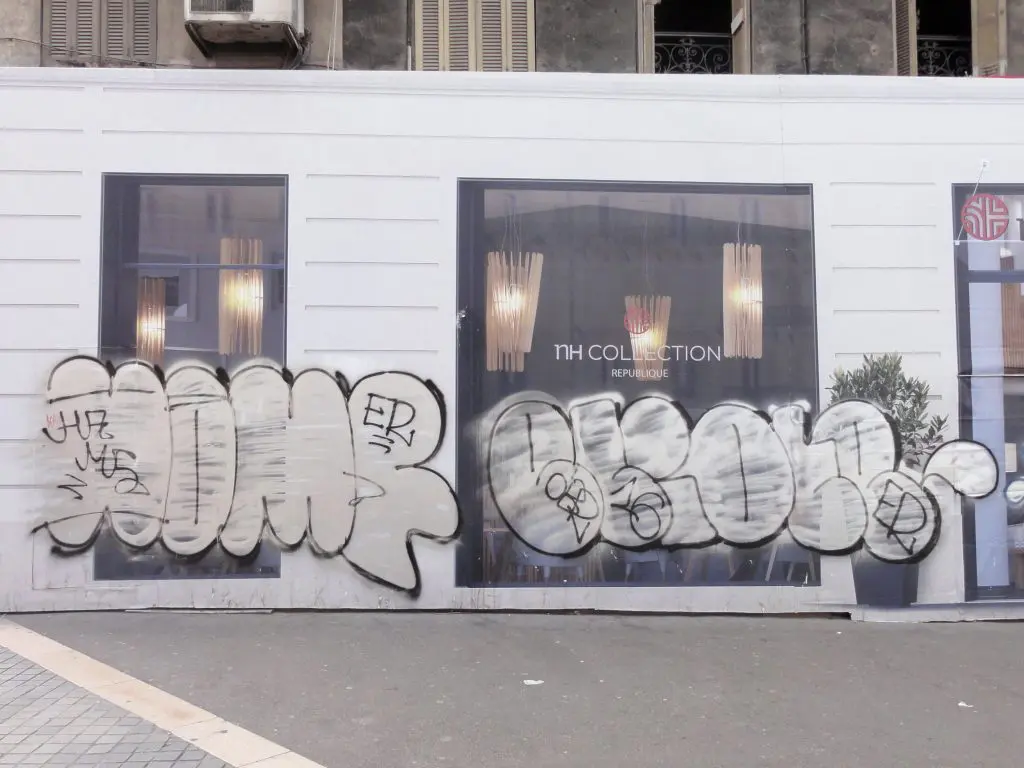
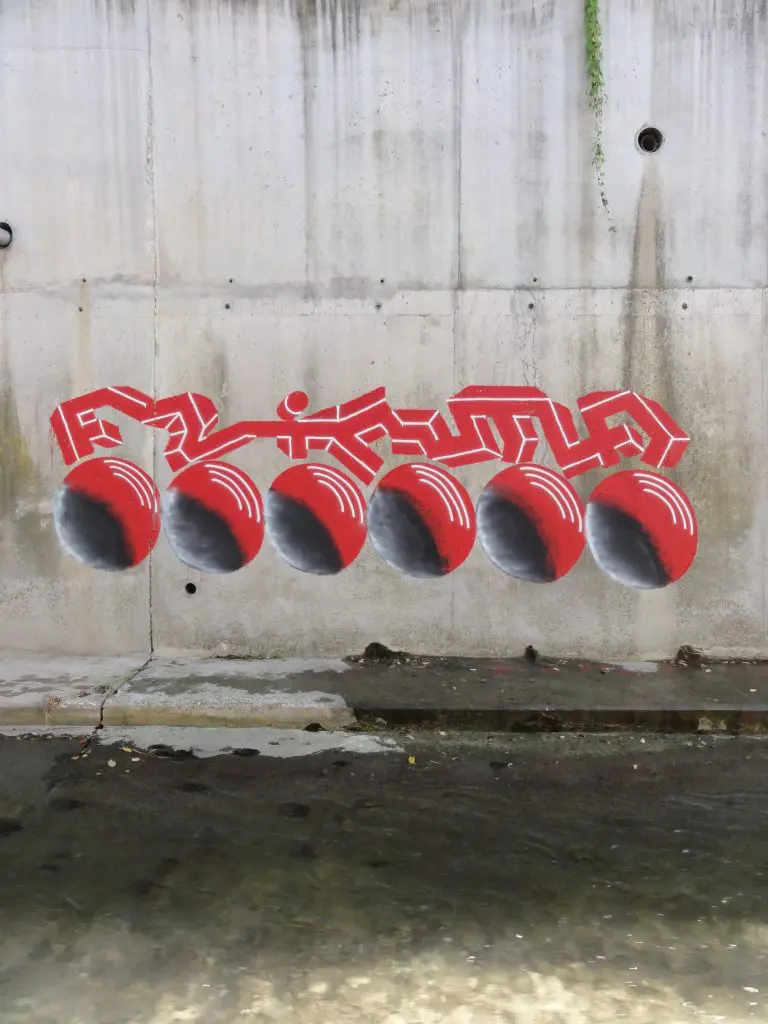
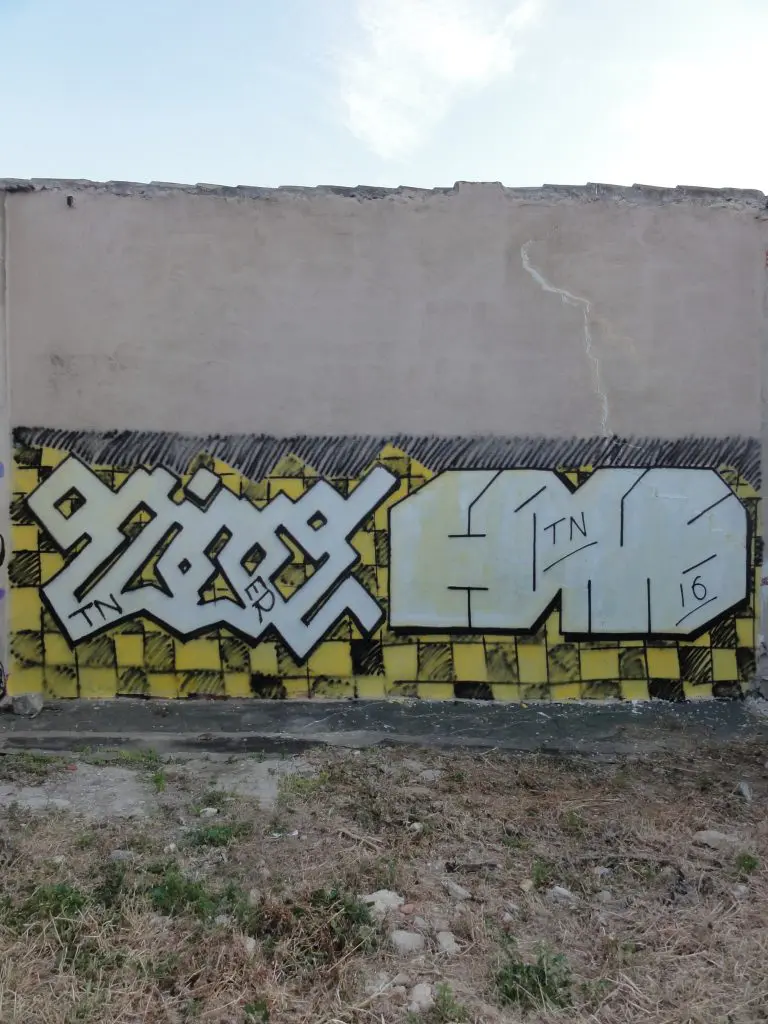
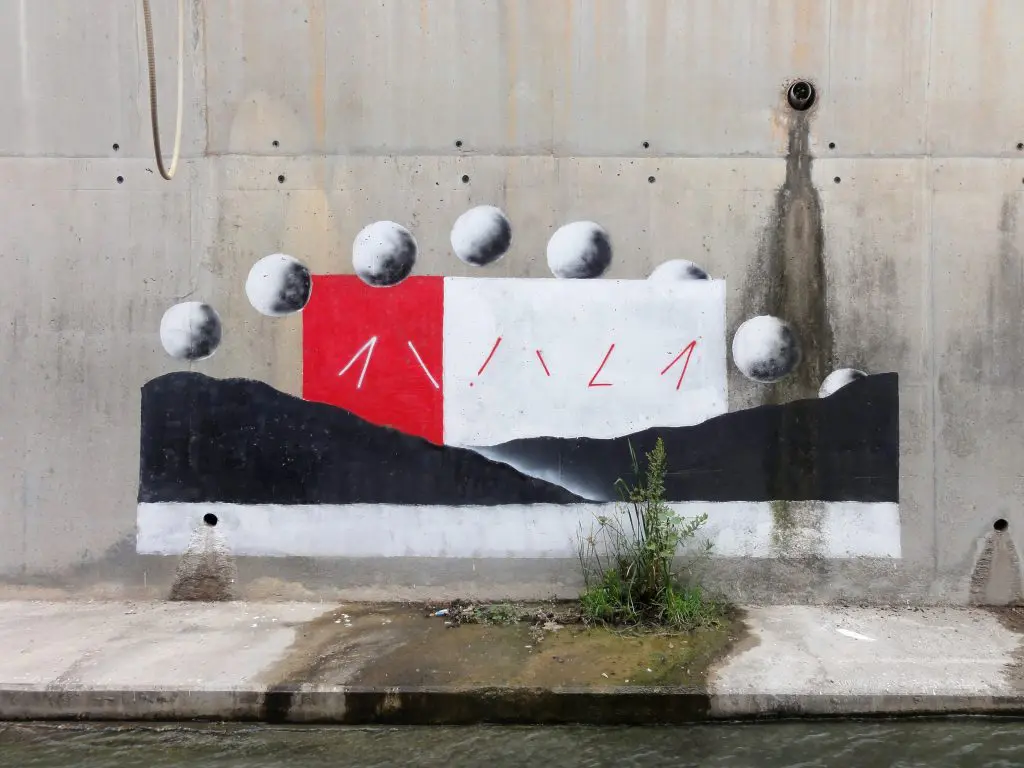
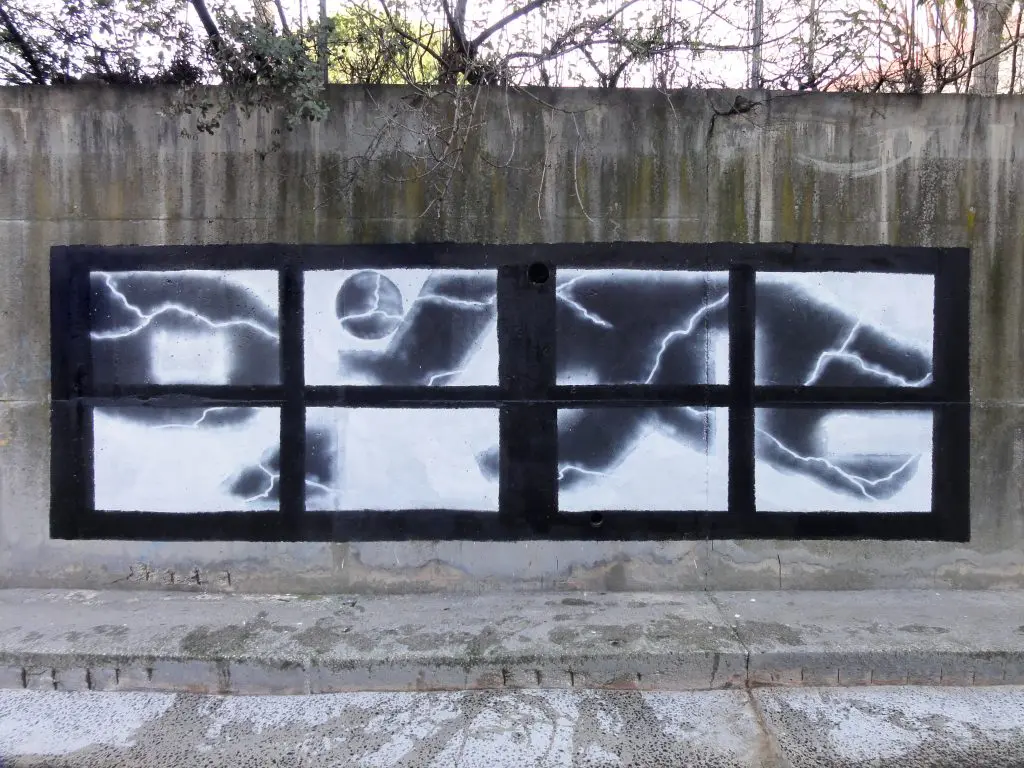
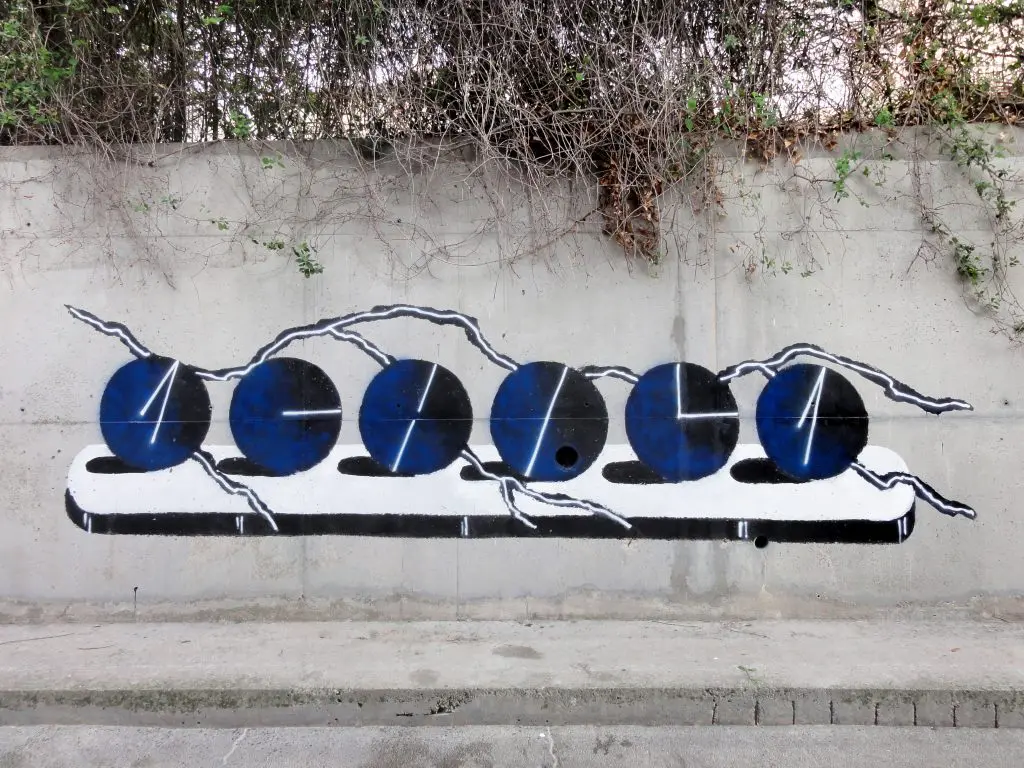
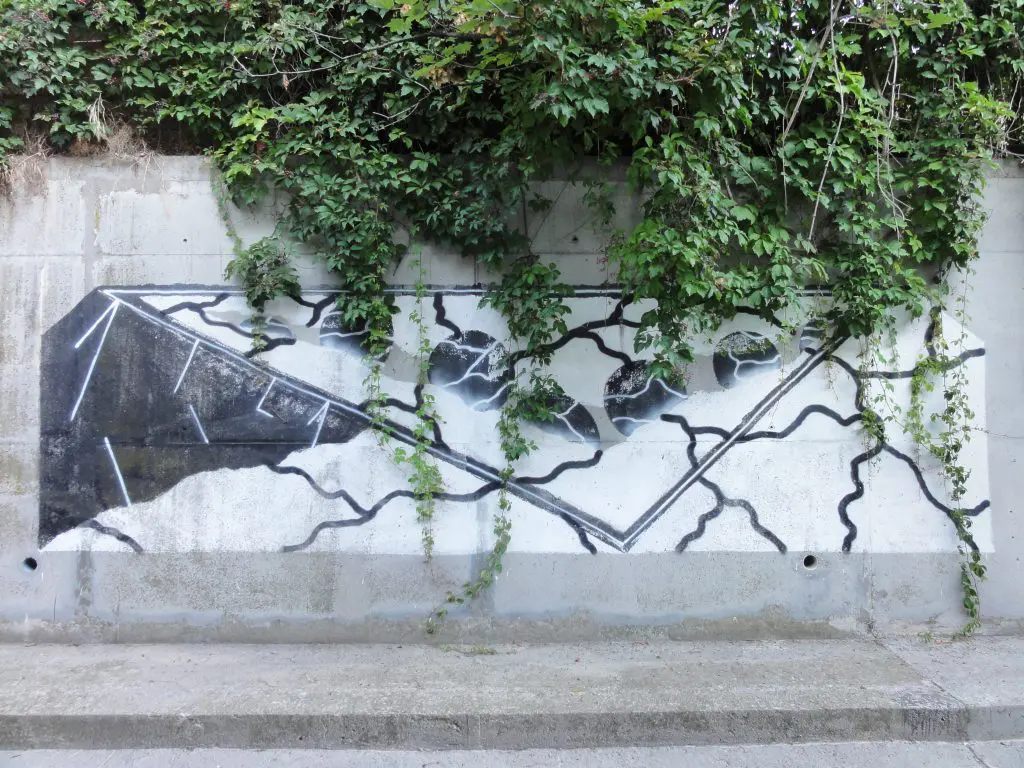
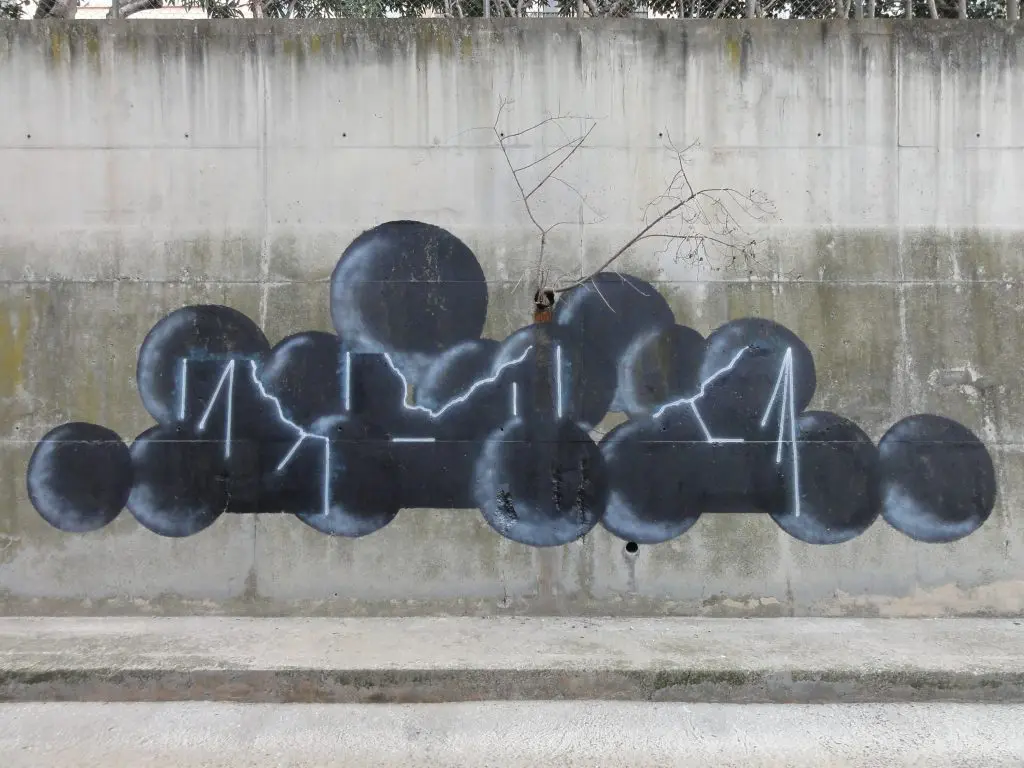
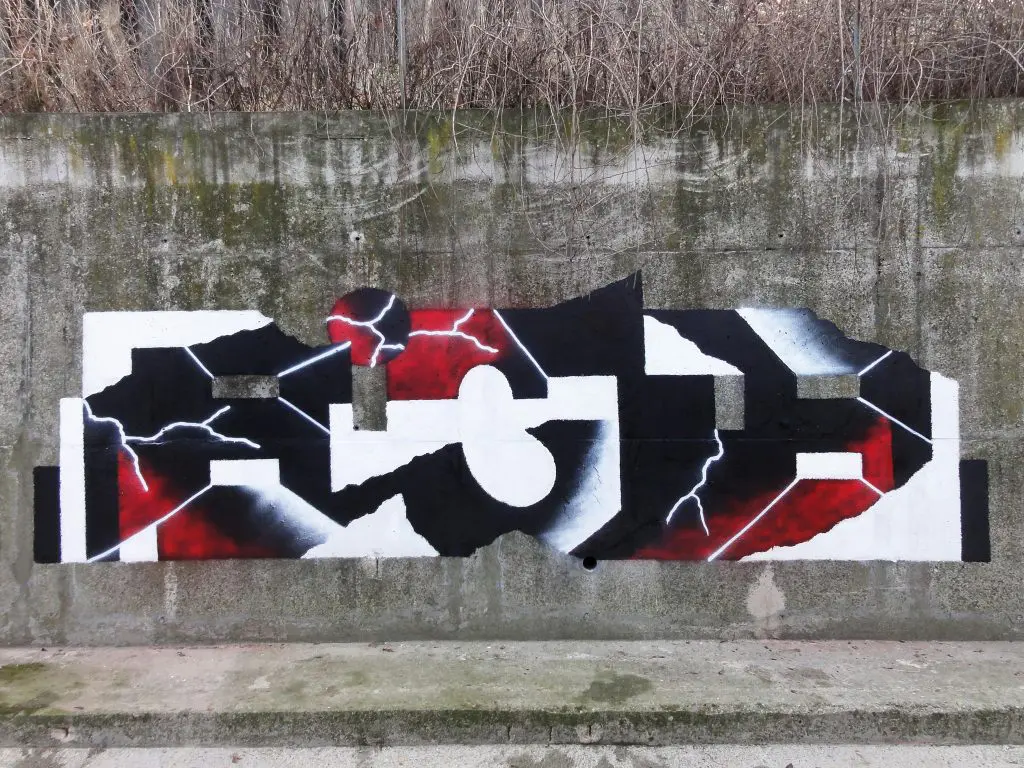
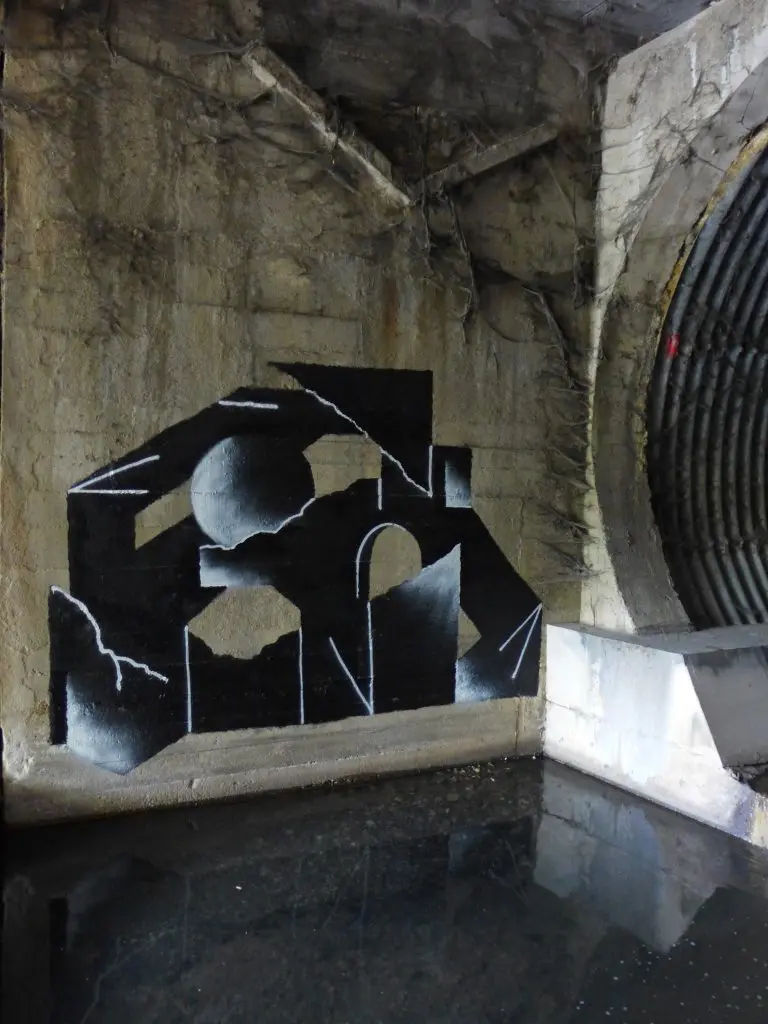
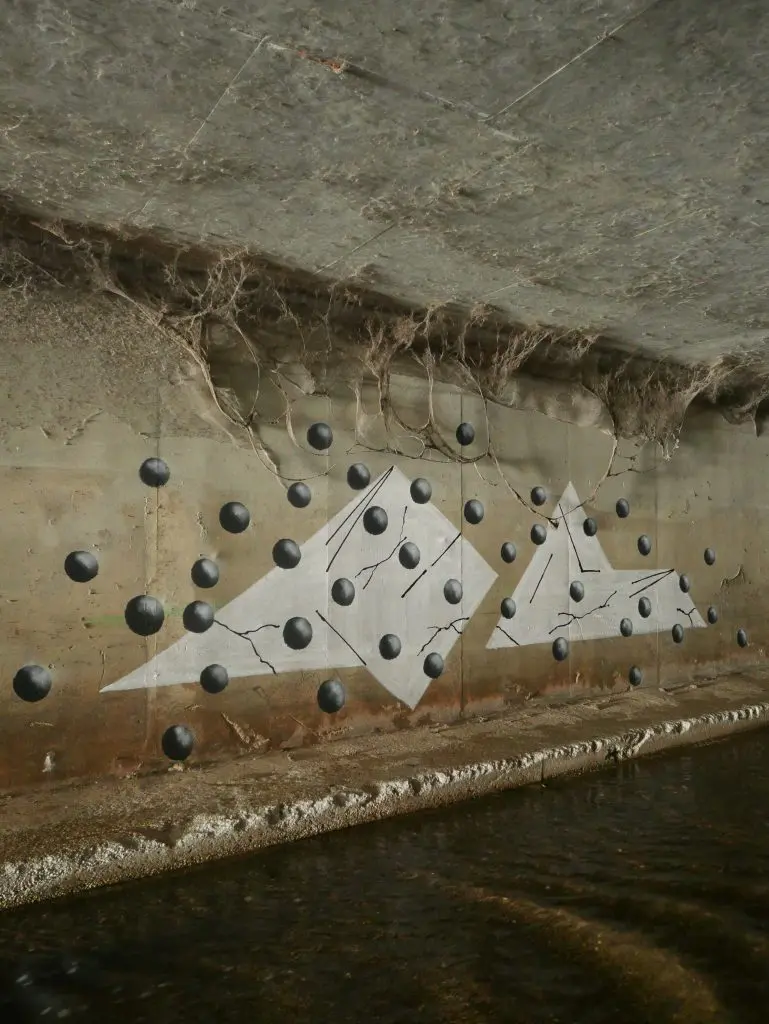
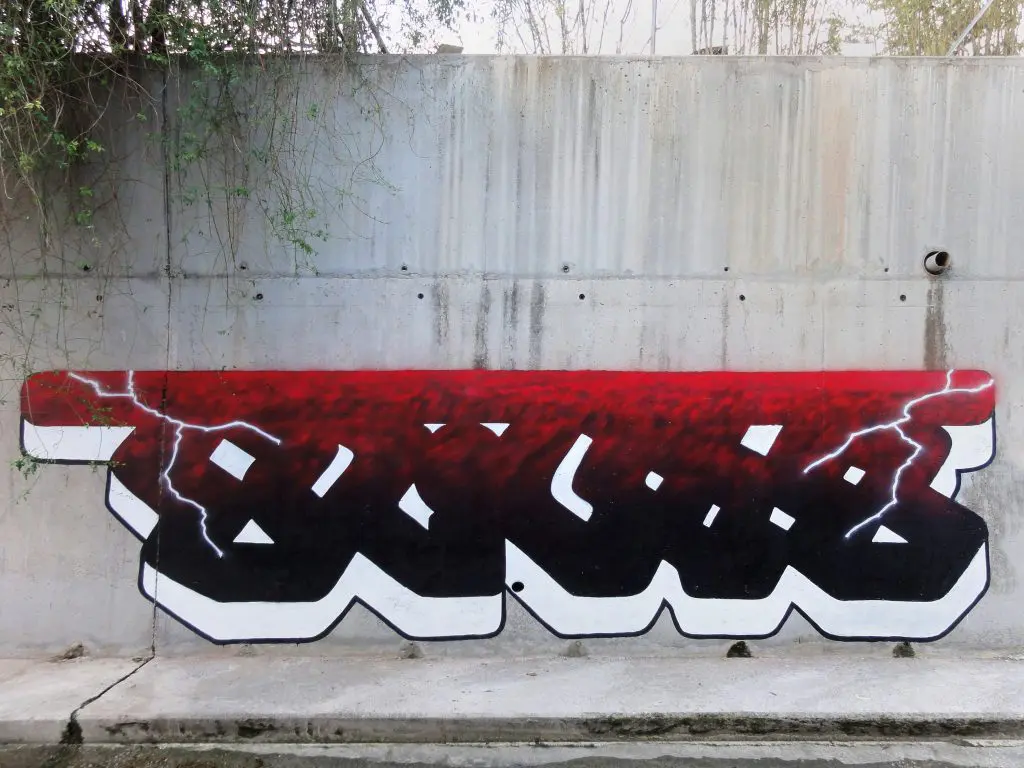
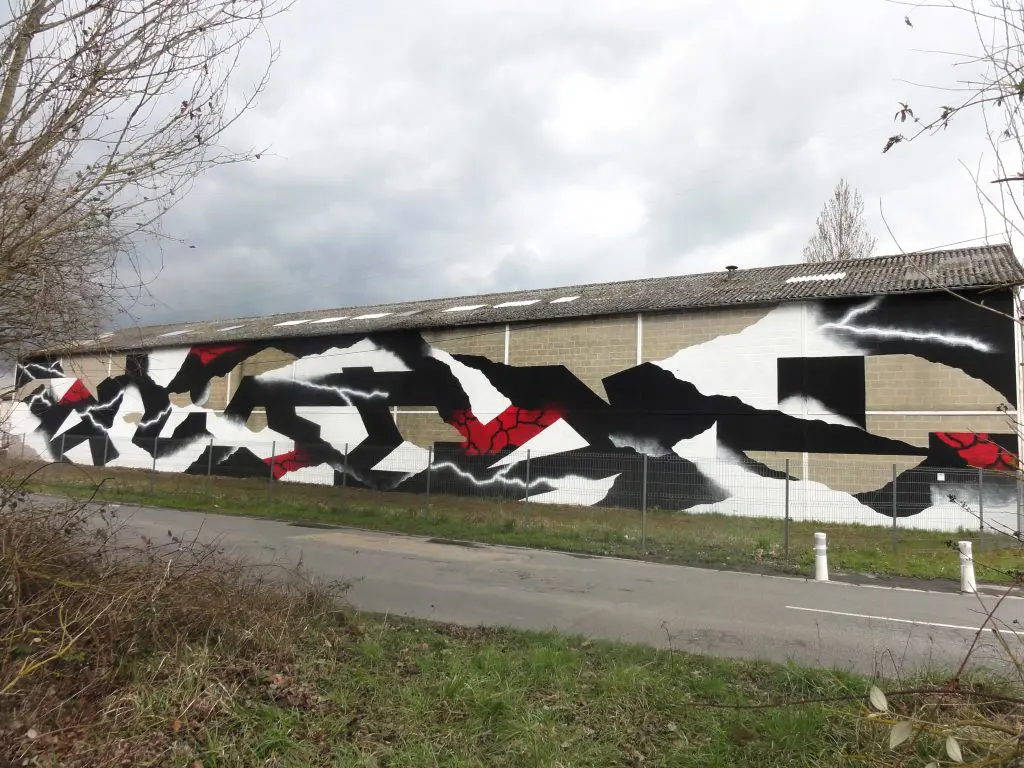
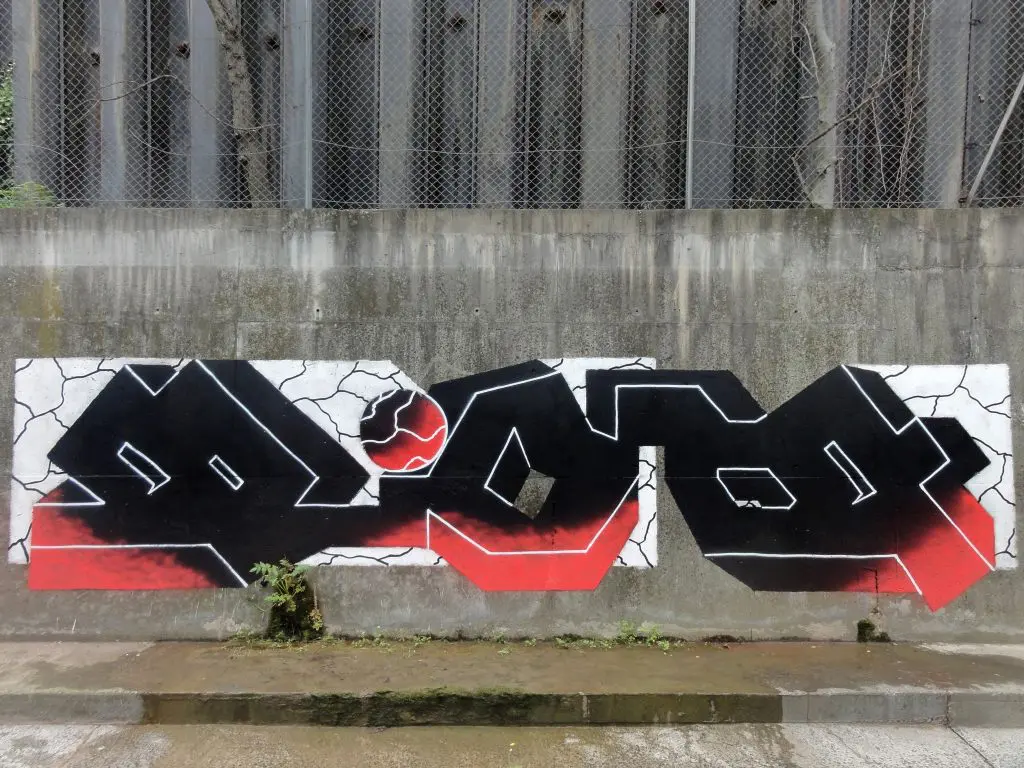
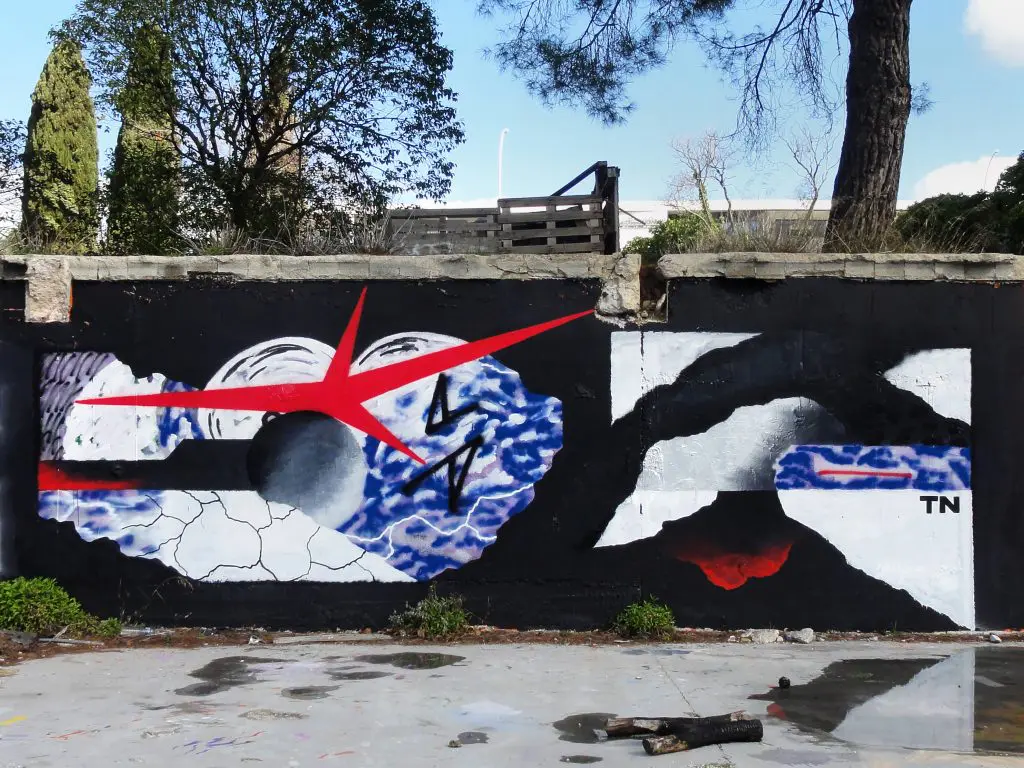
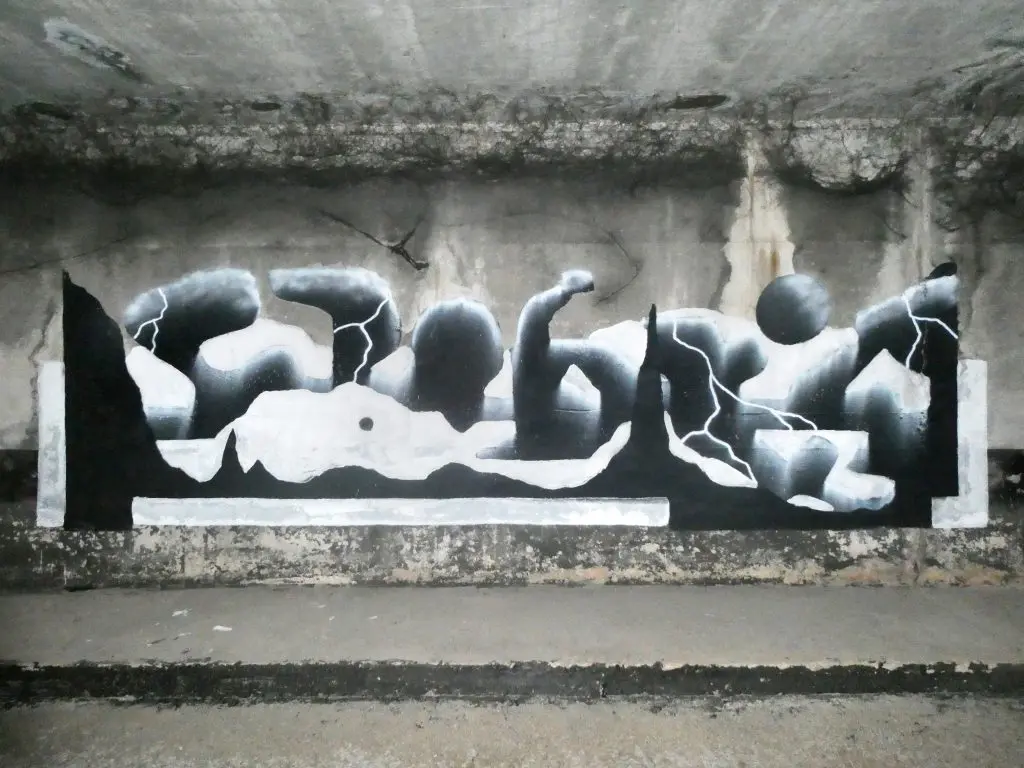
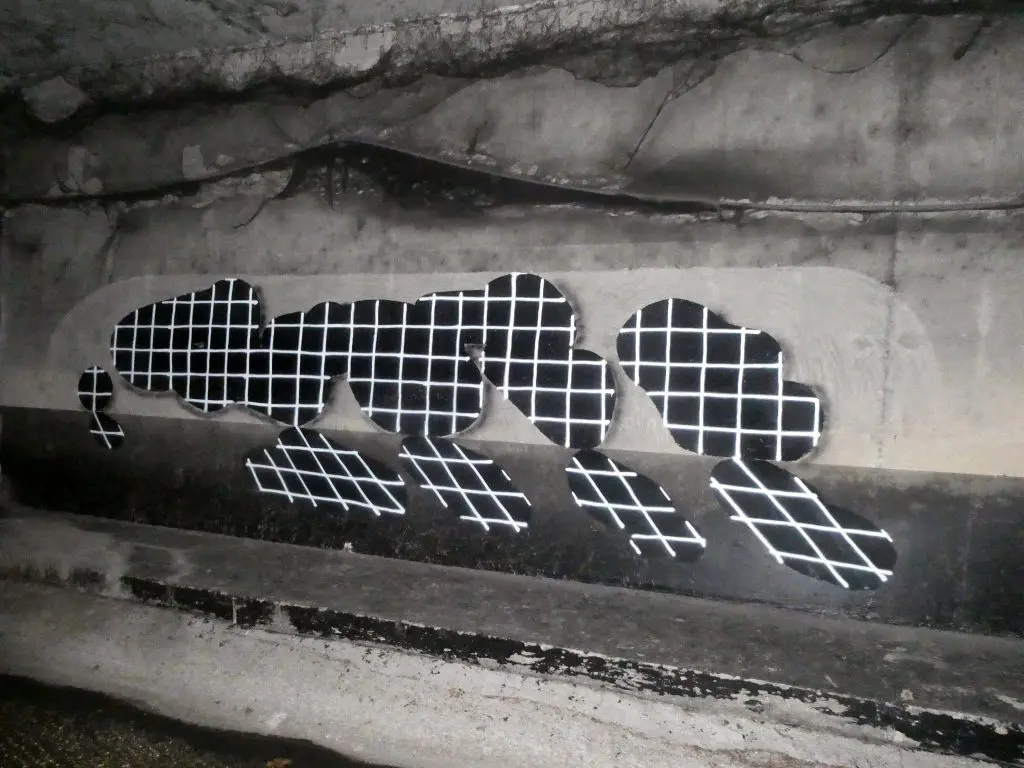
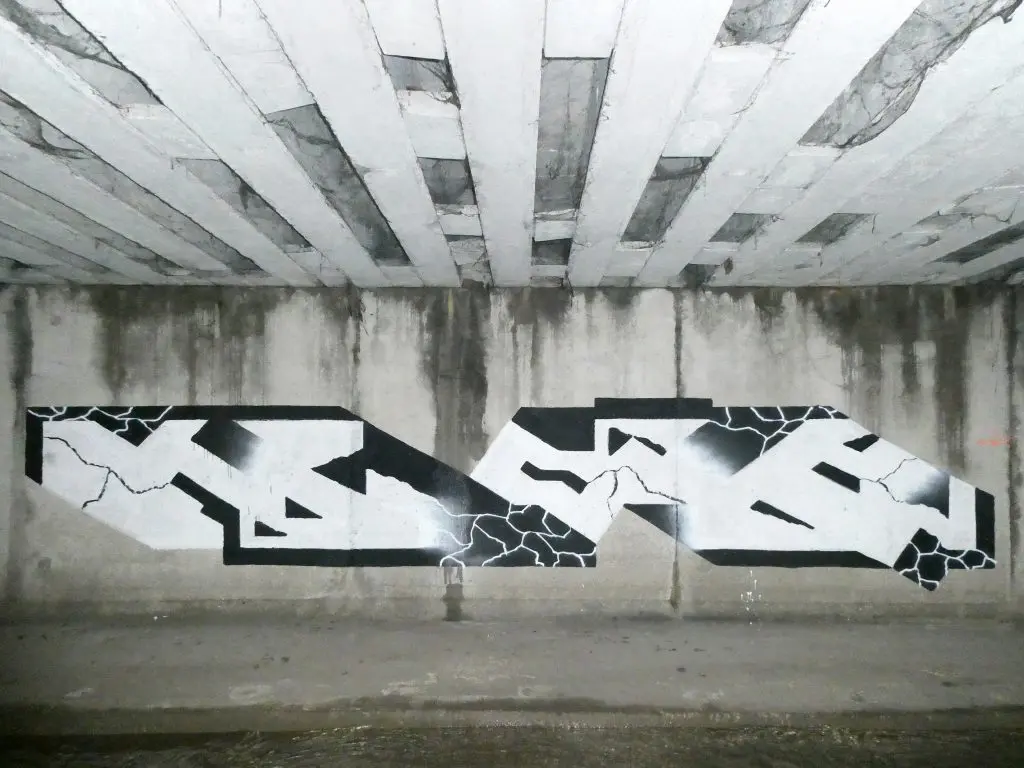
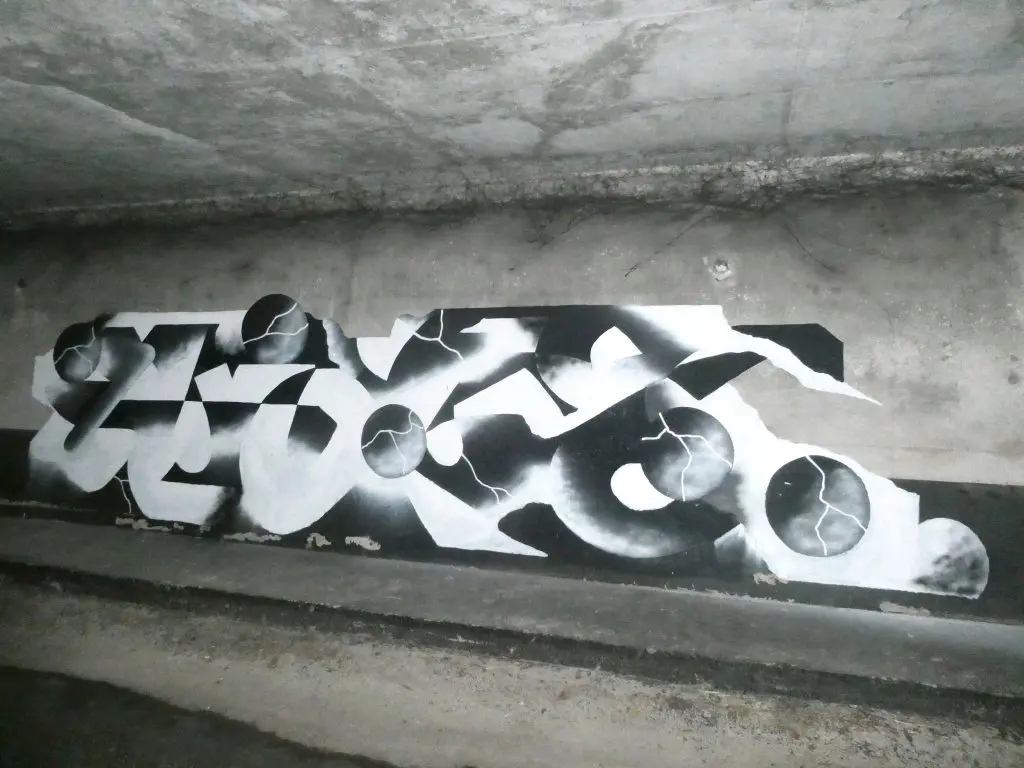
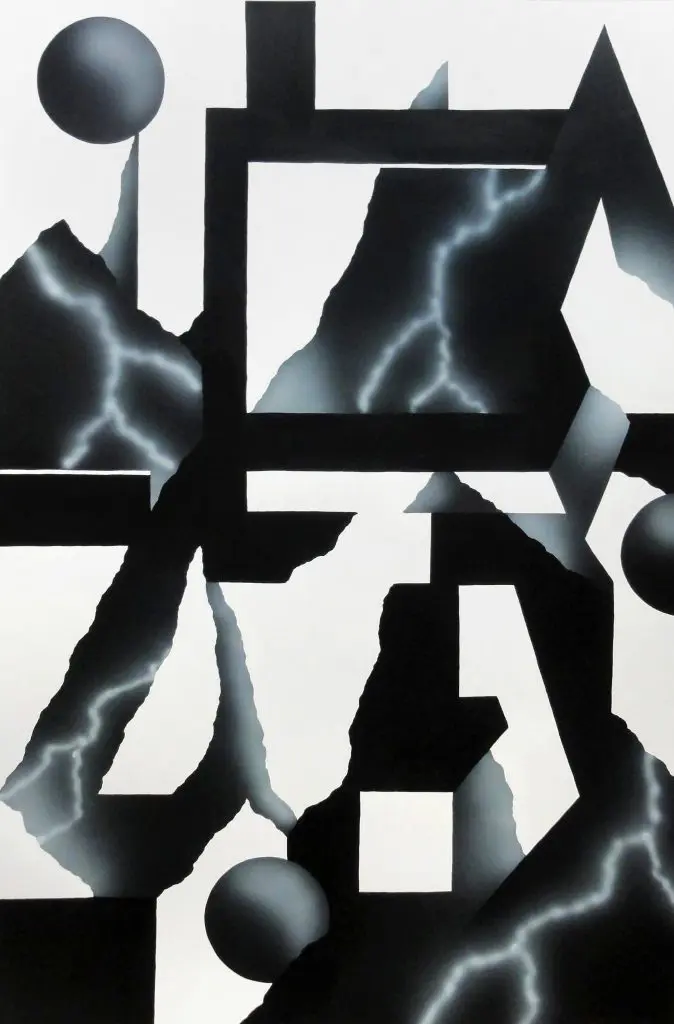
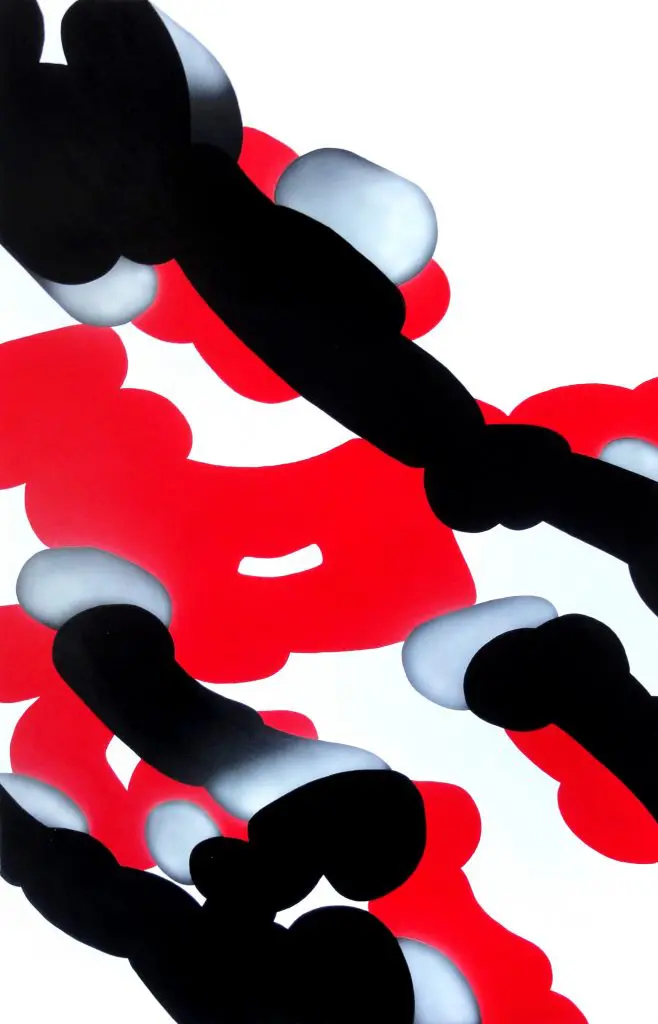
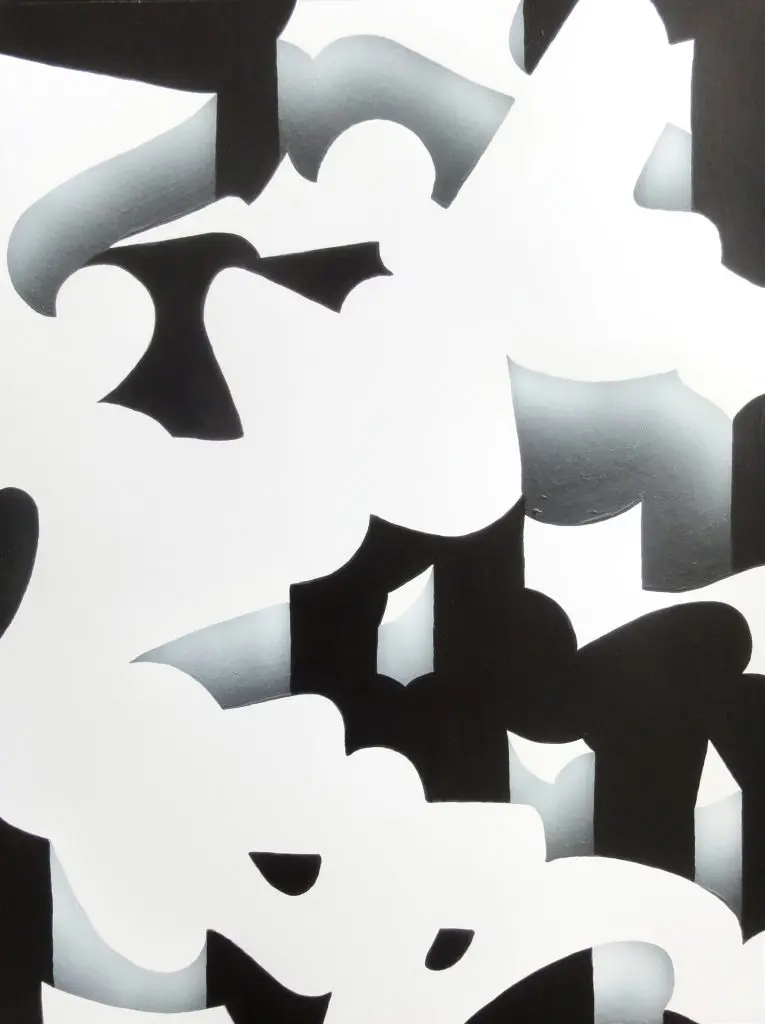
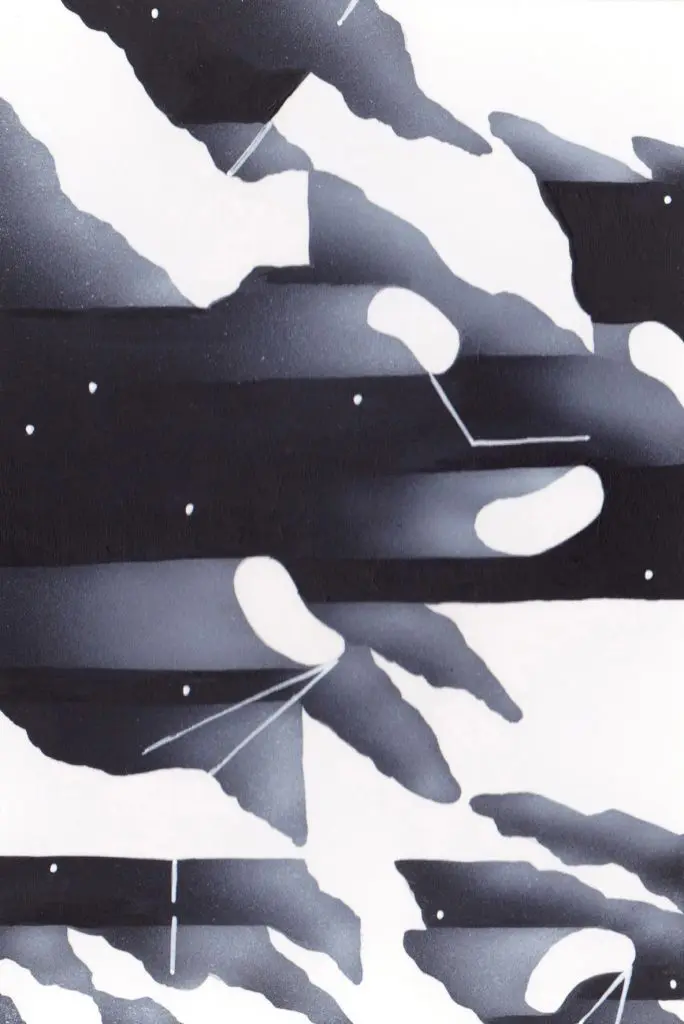
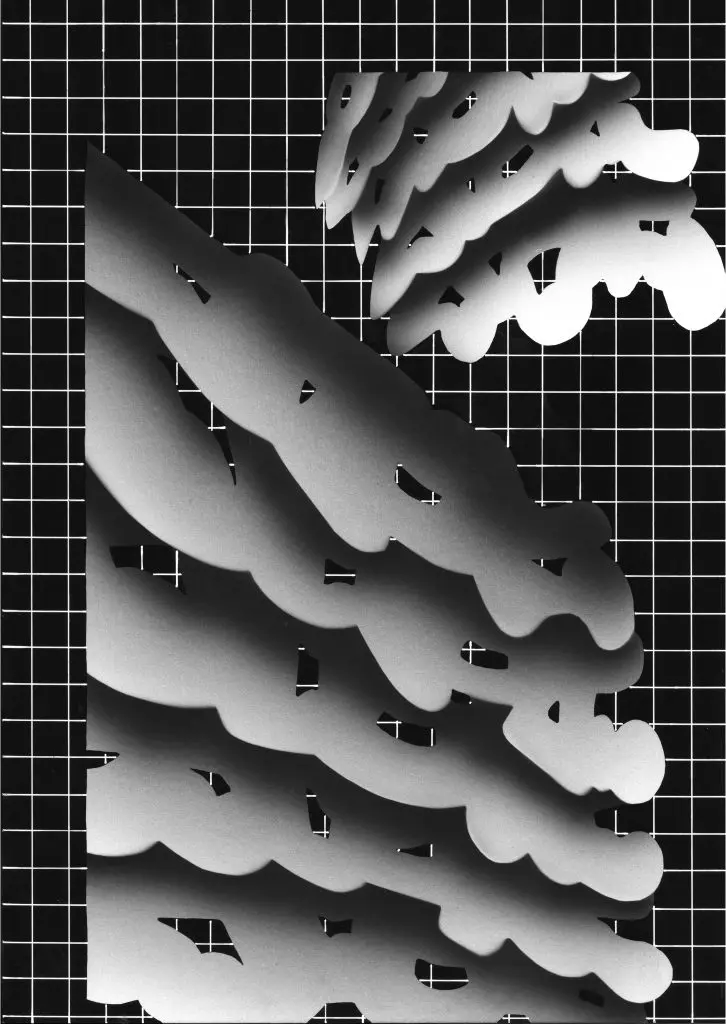
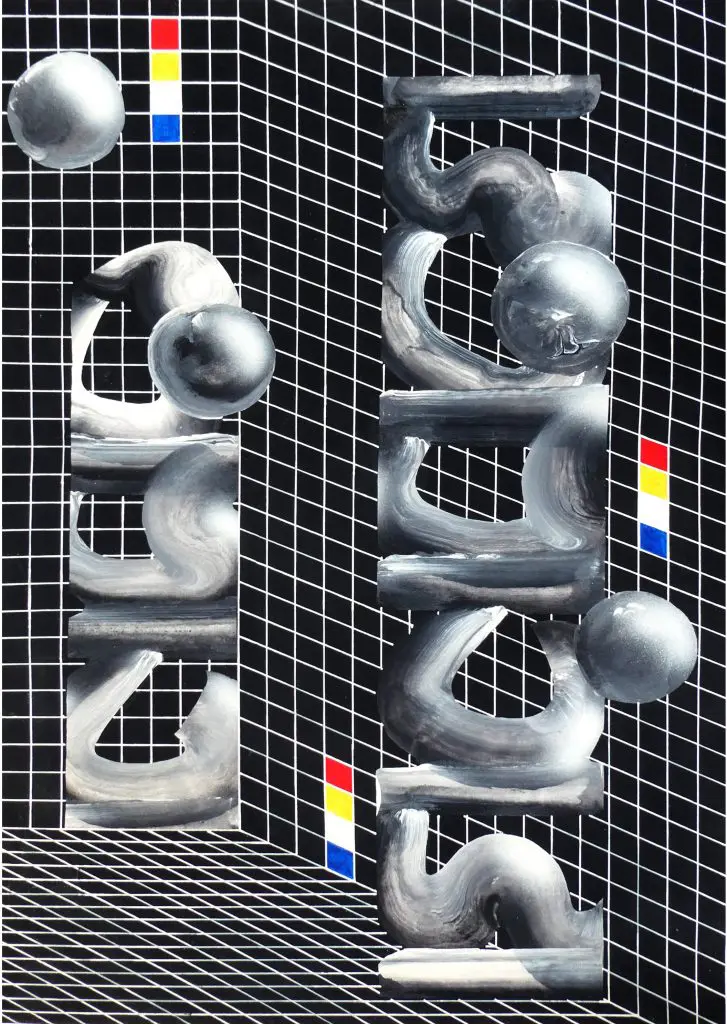
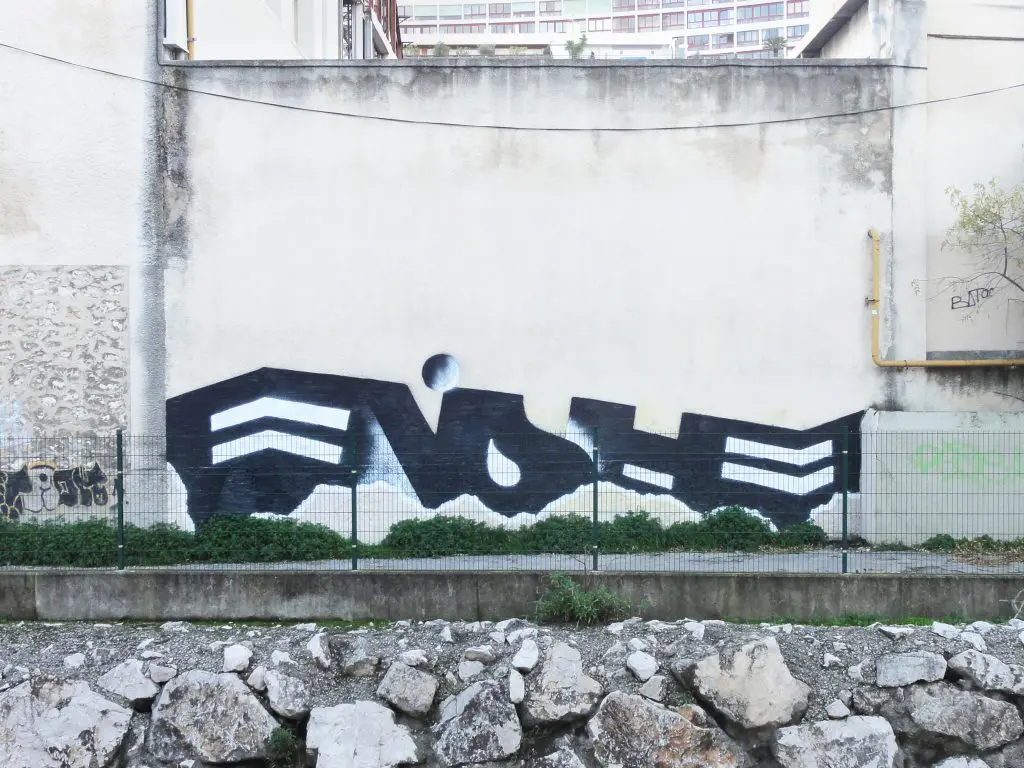
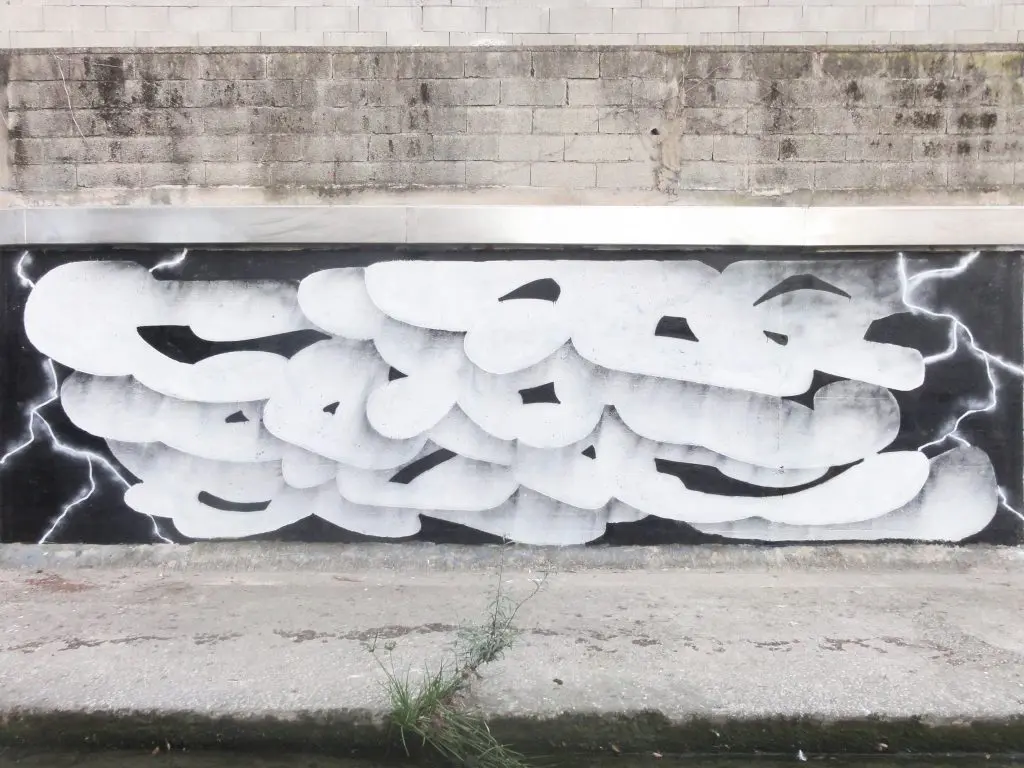
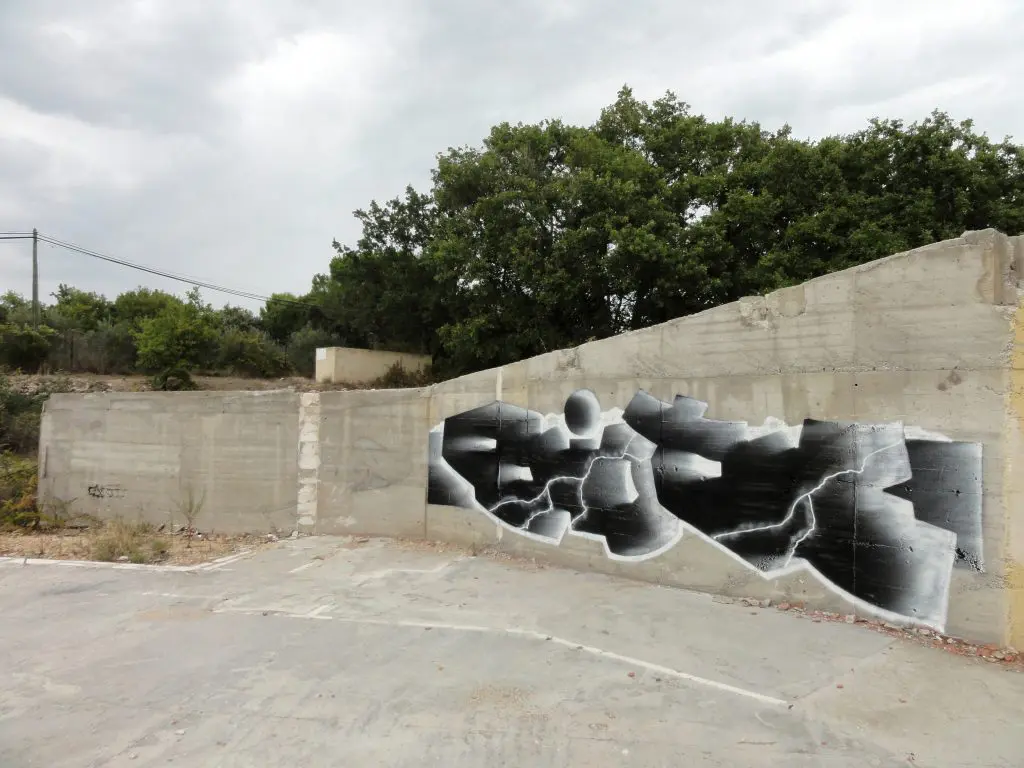
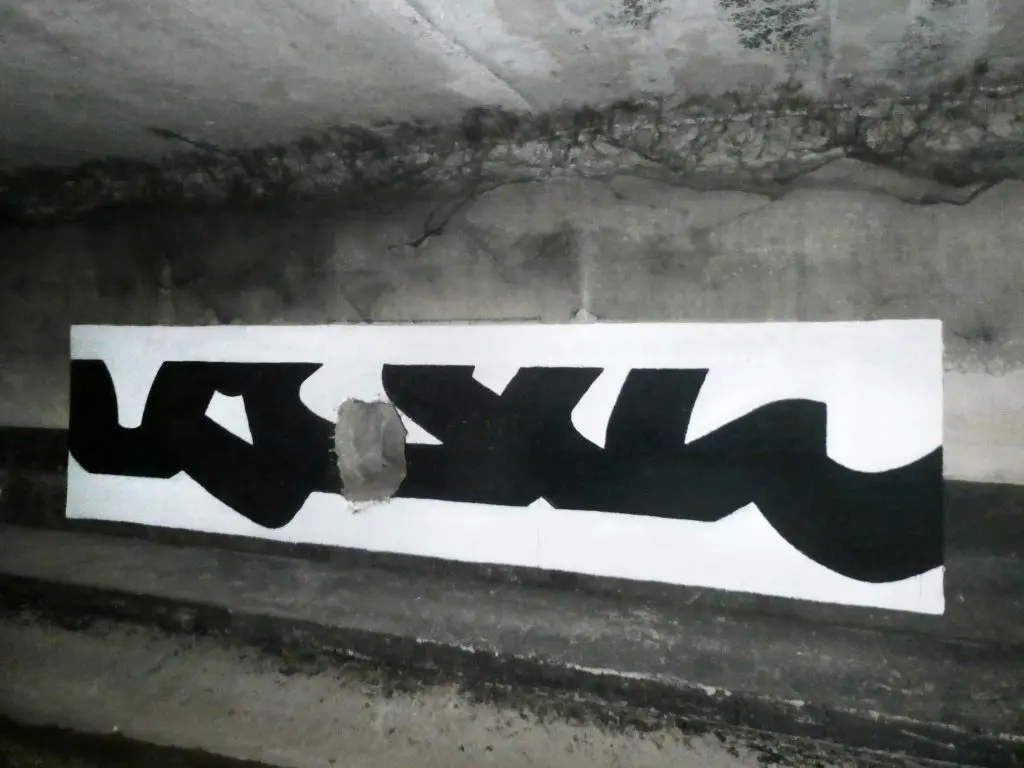
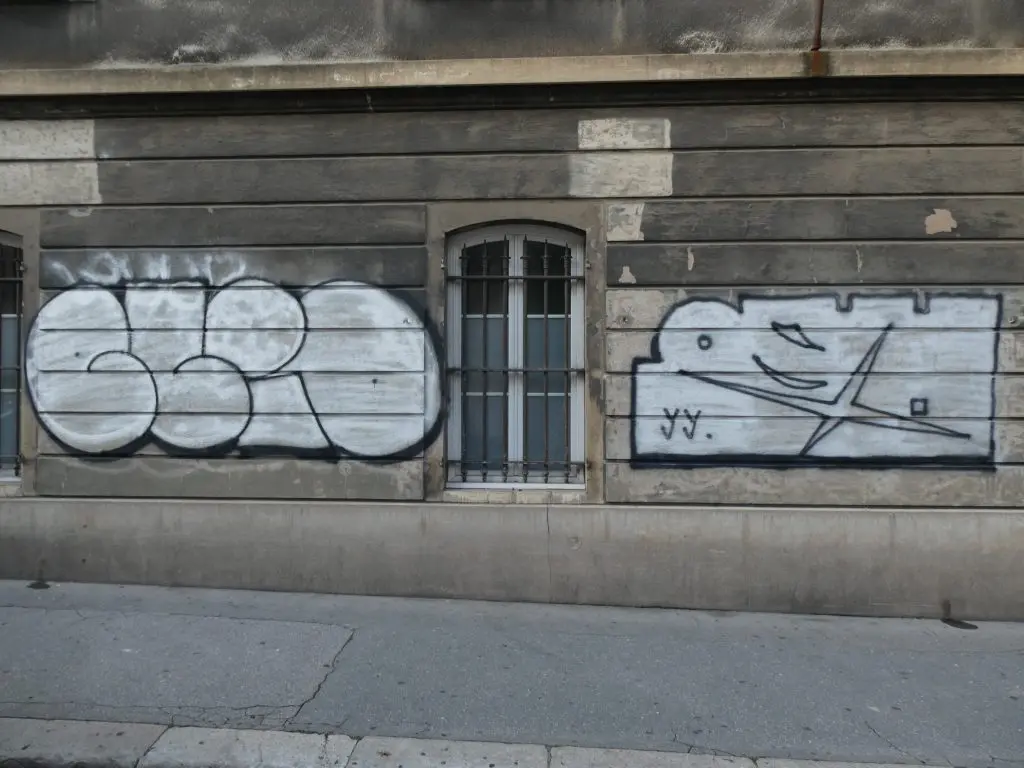
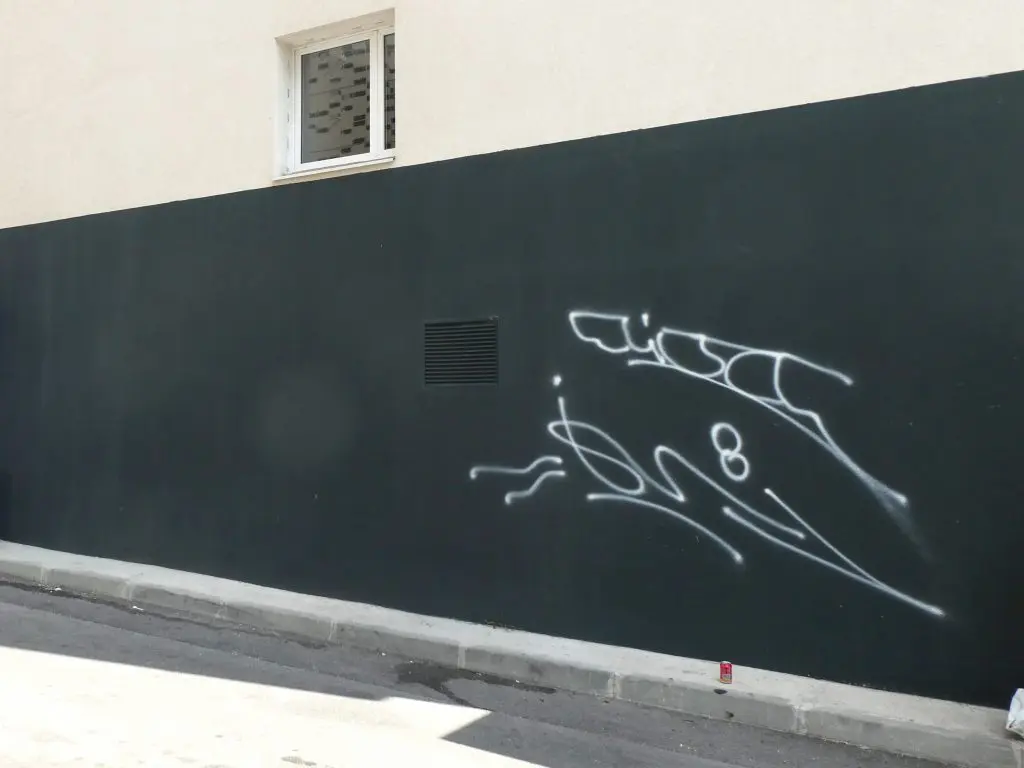
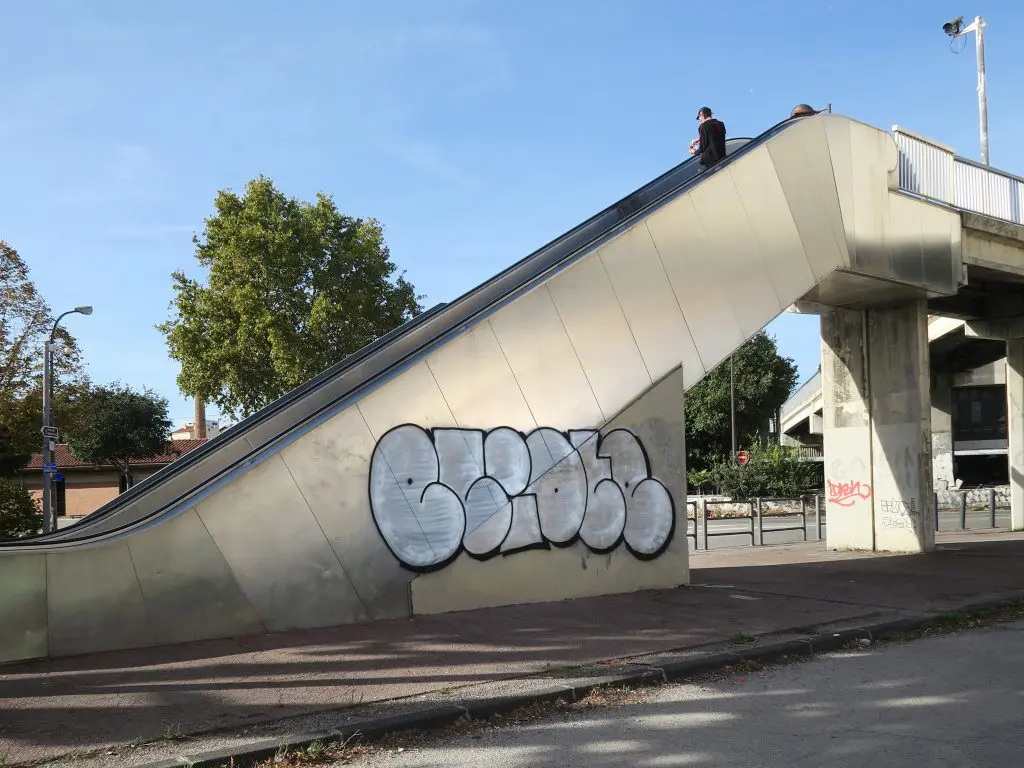
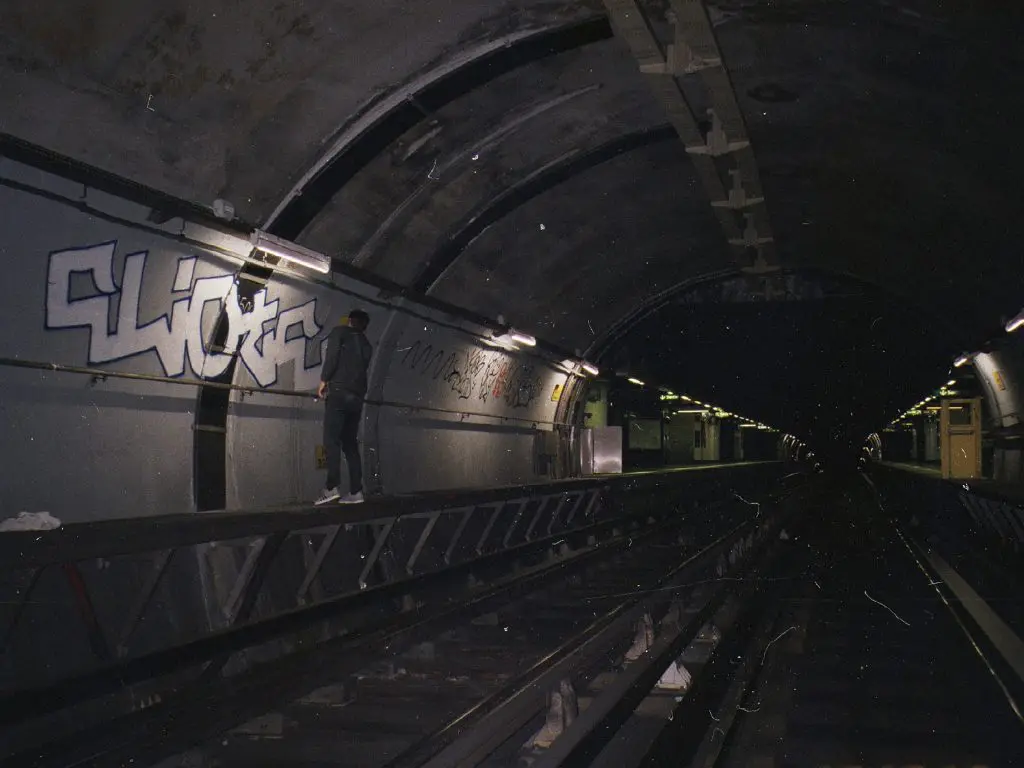
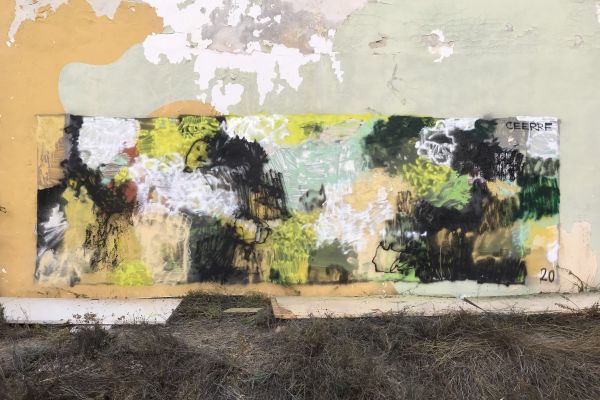
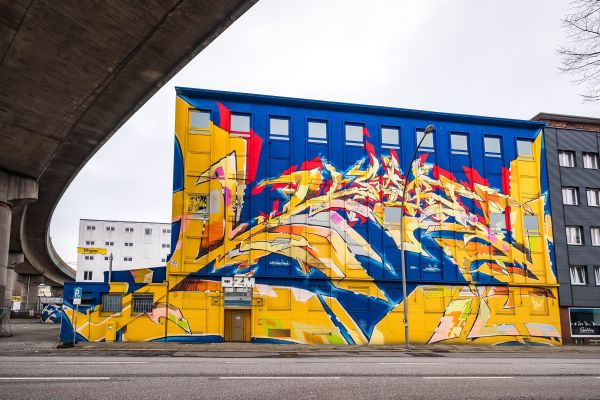
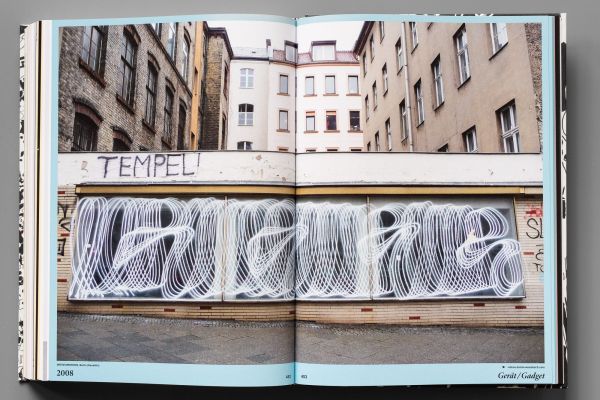
Leave a Reply